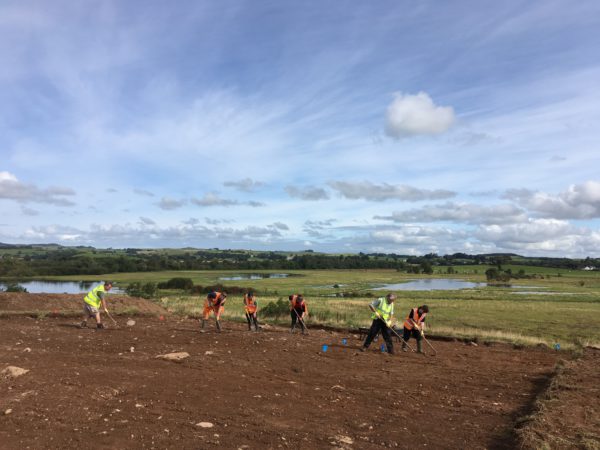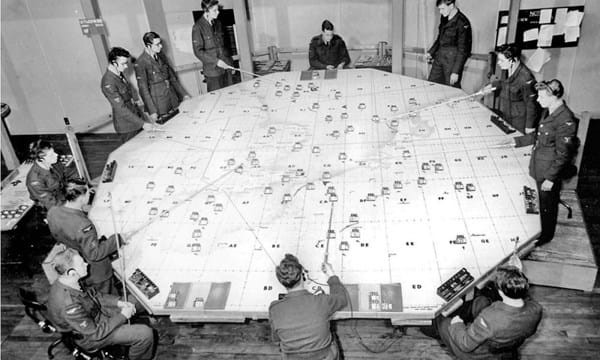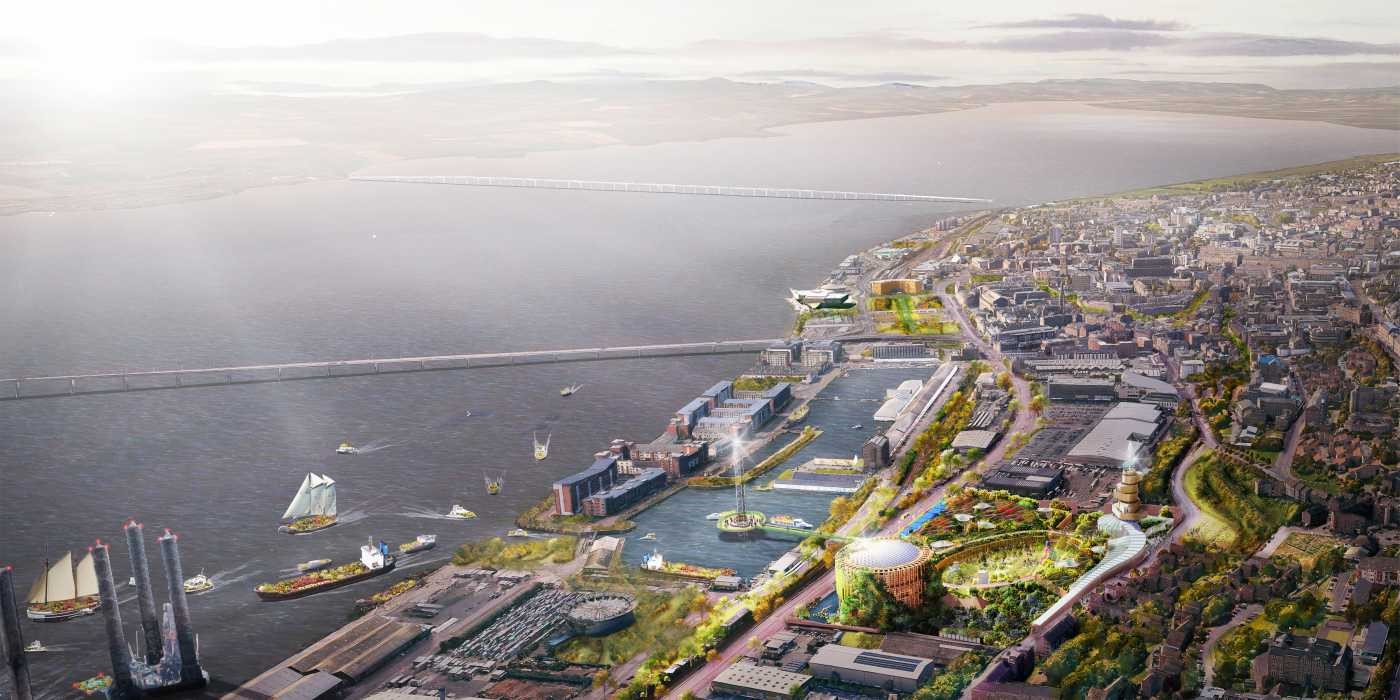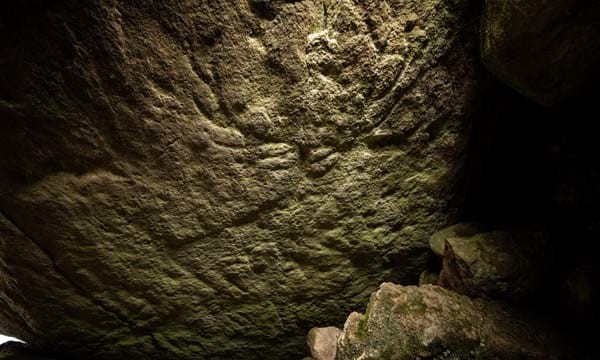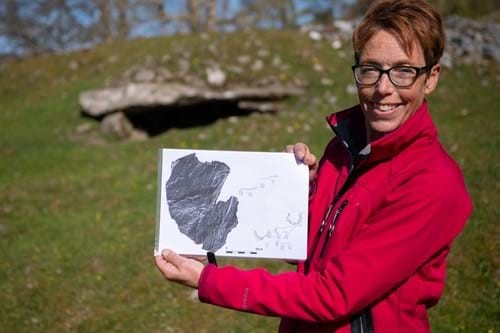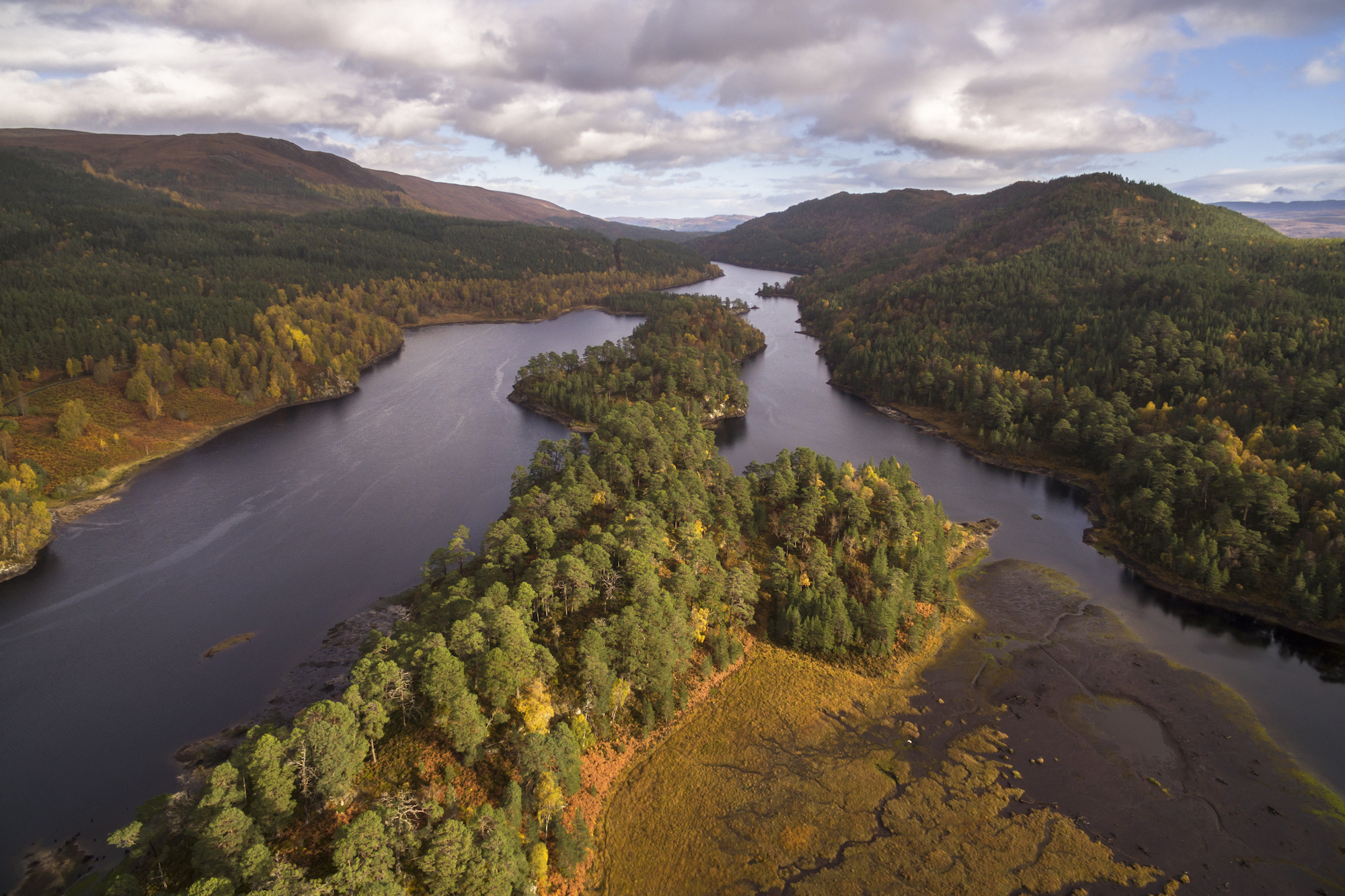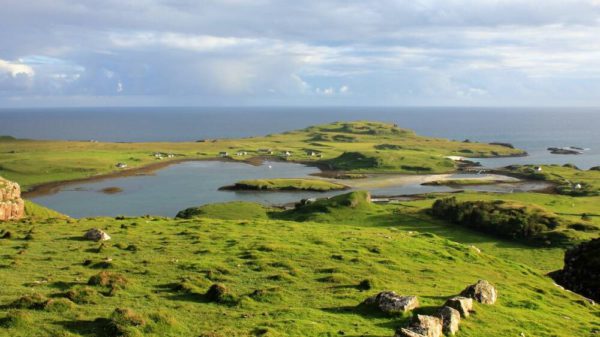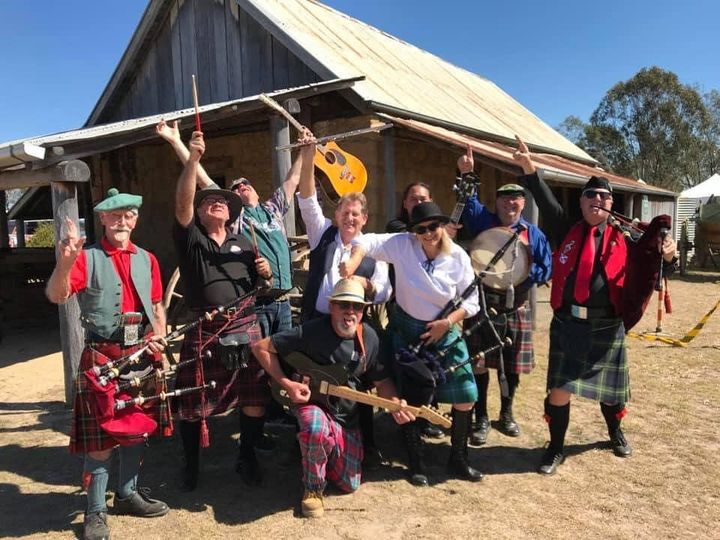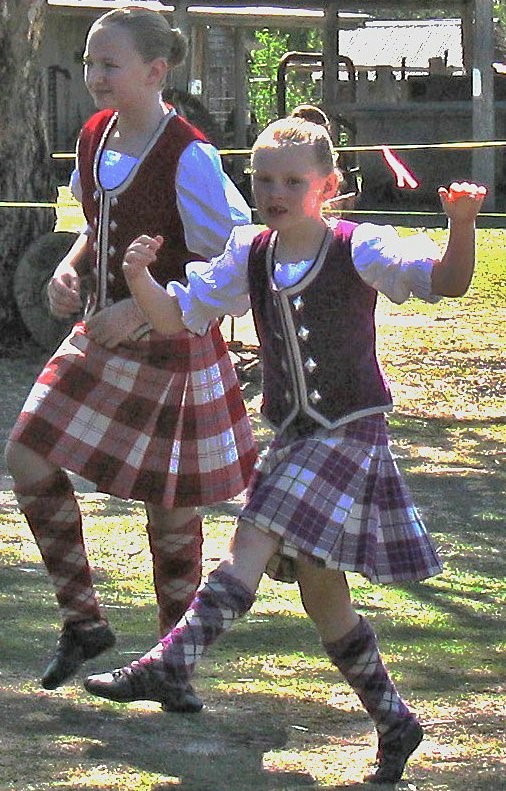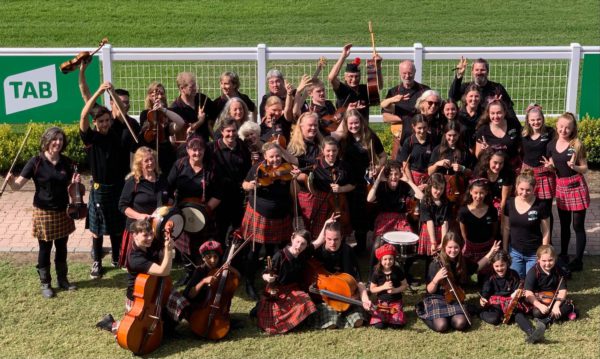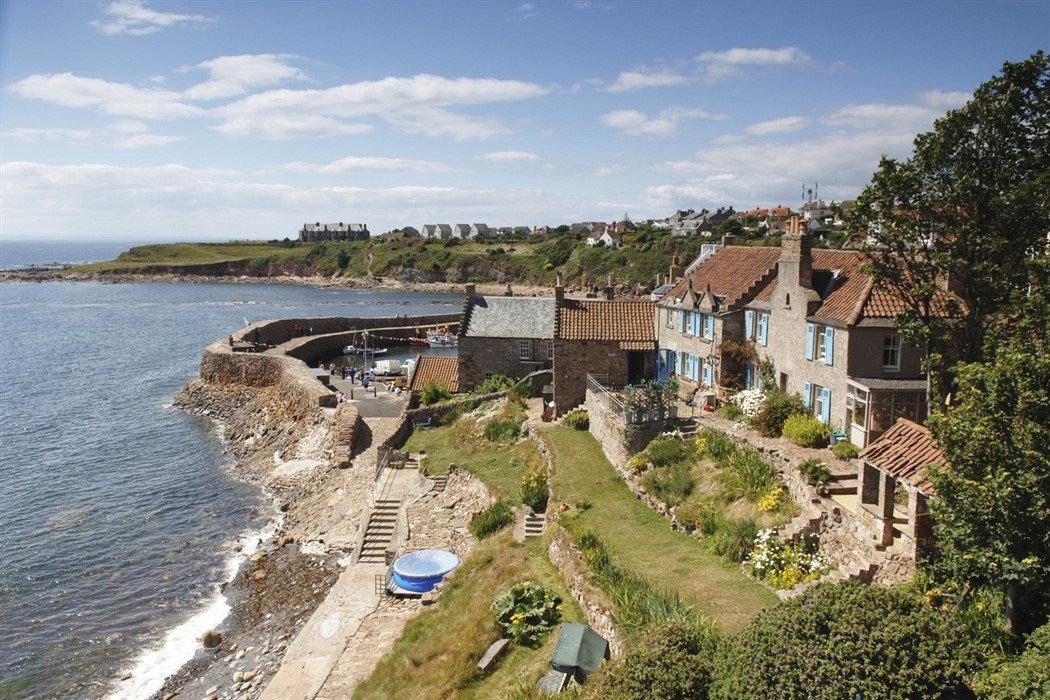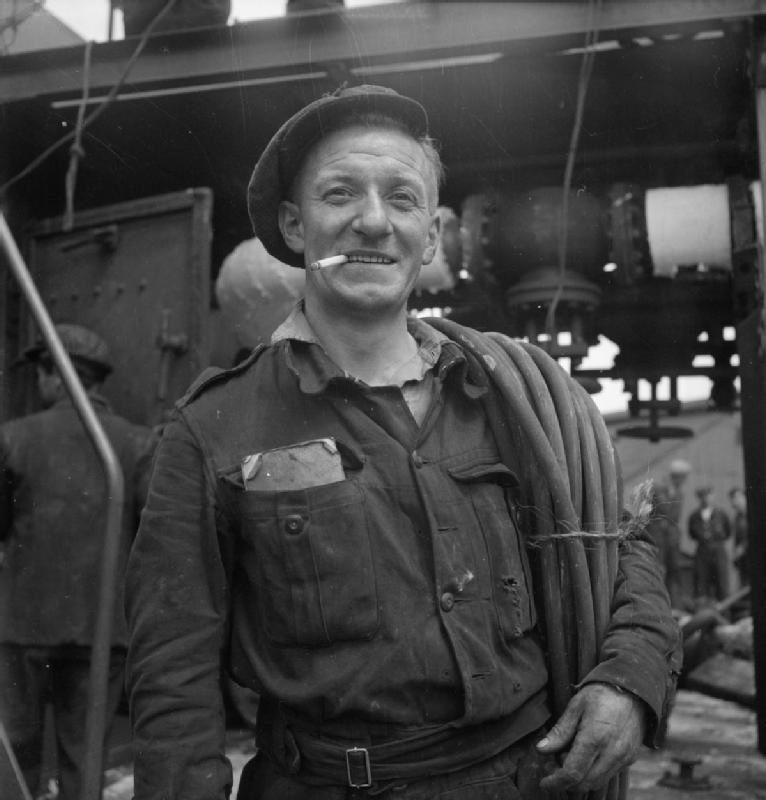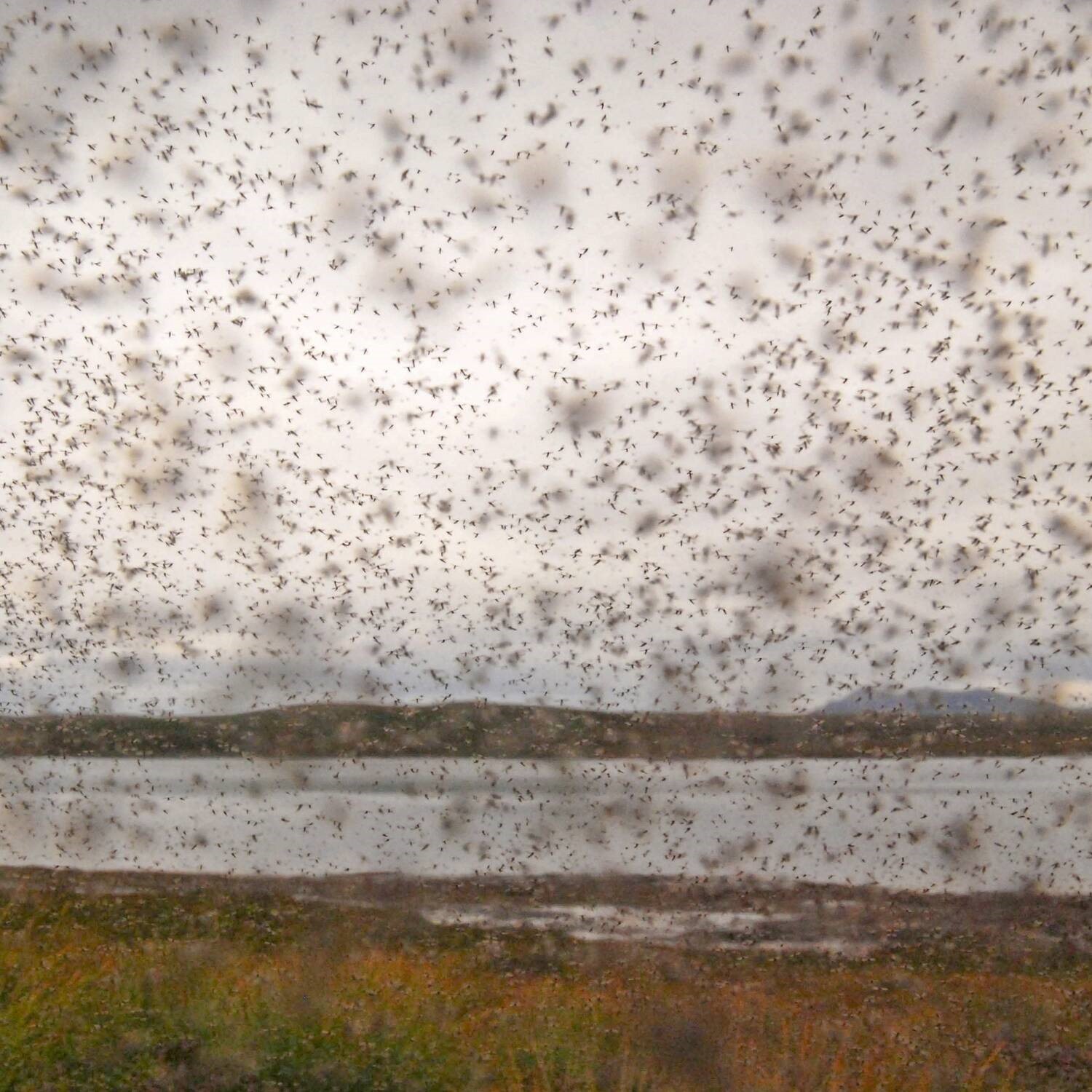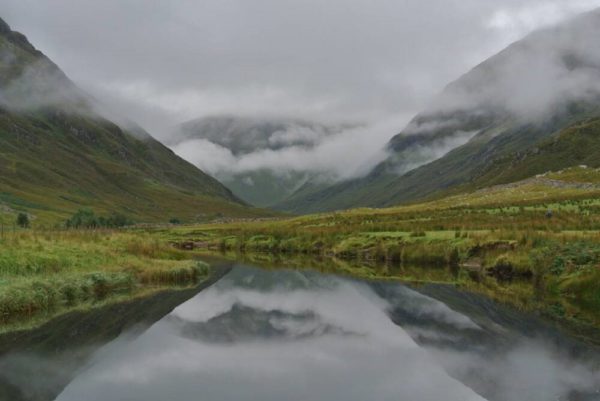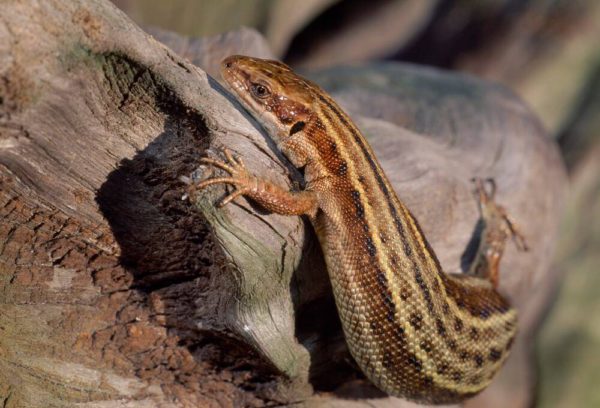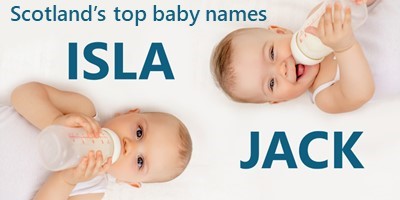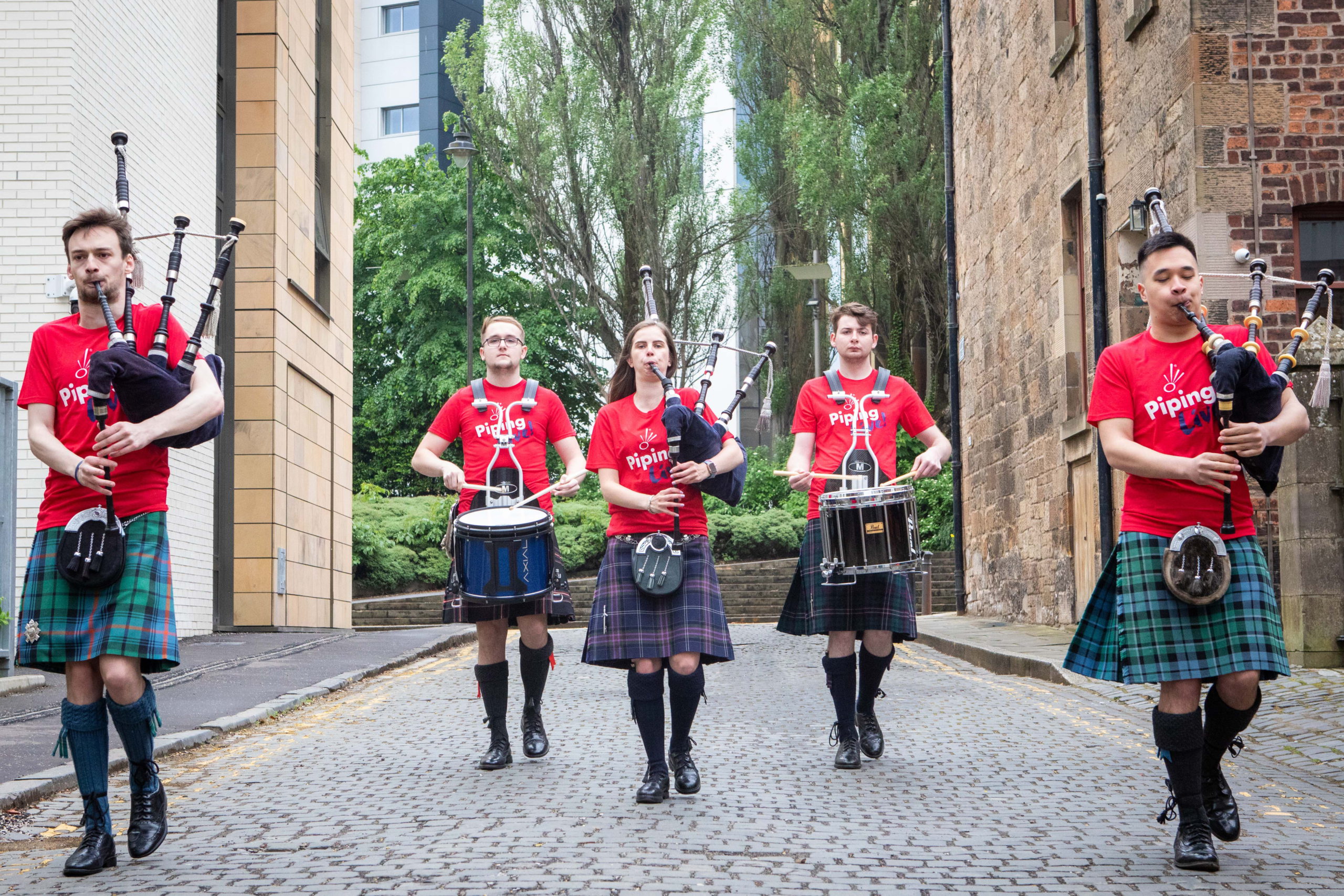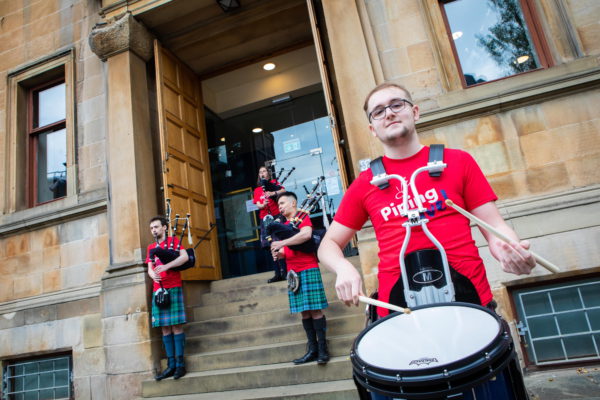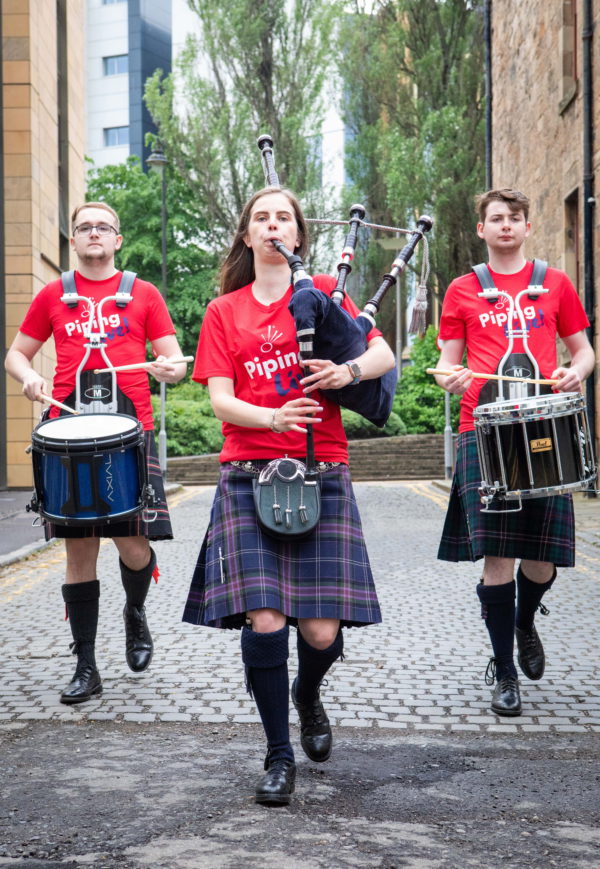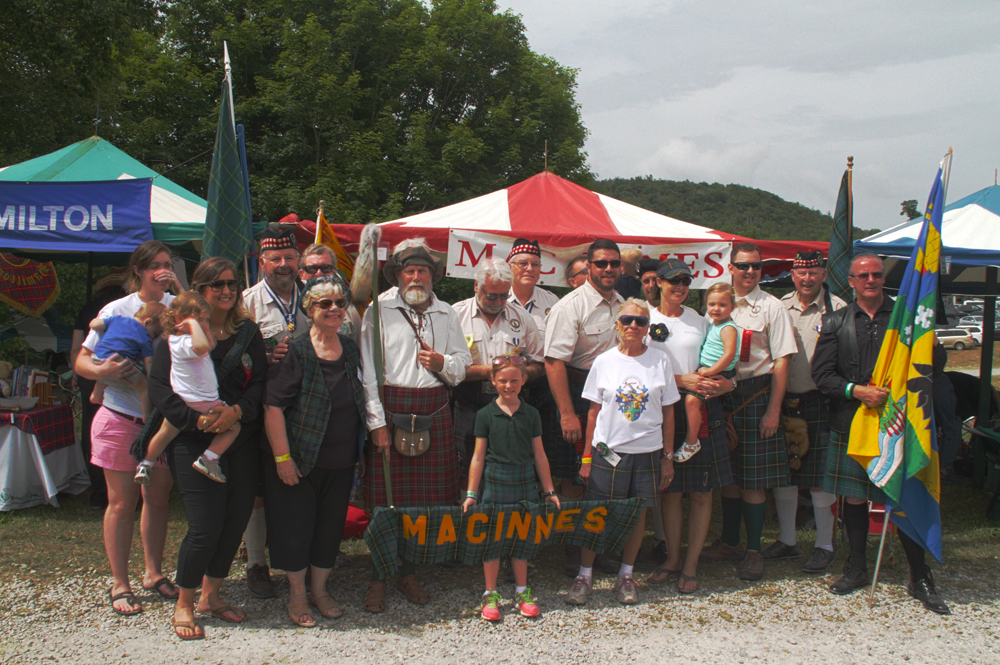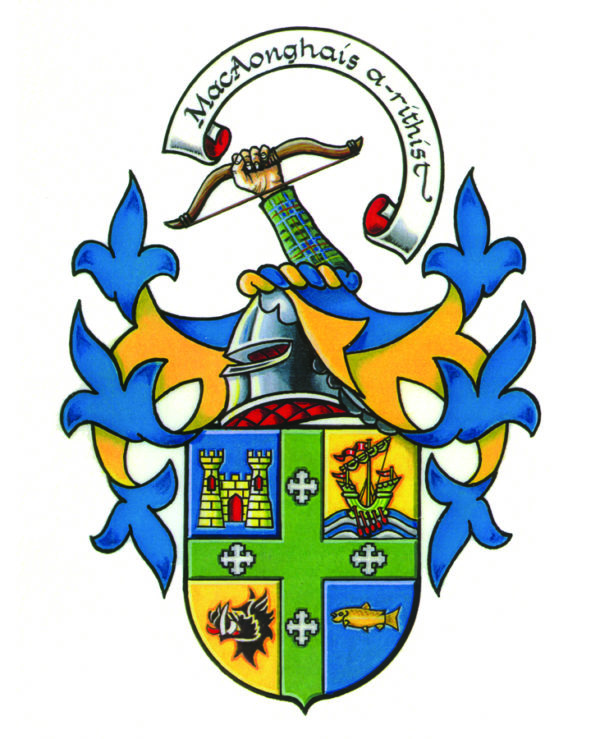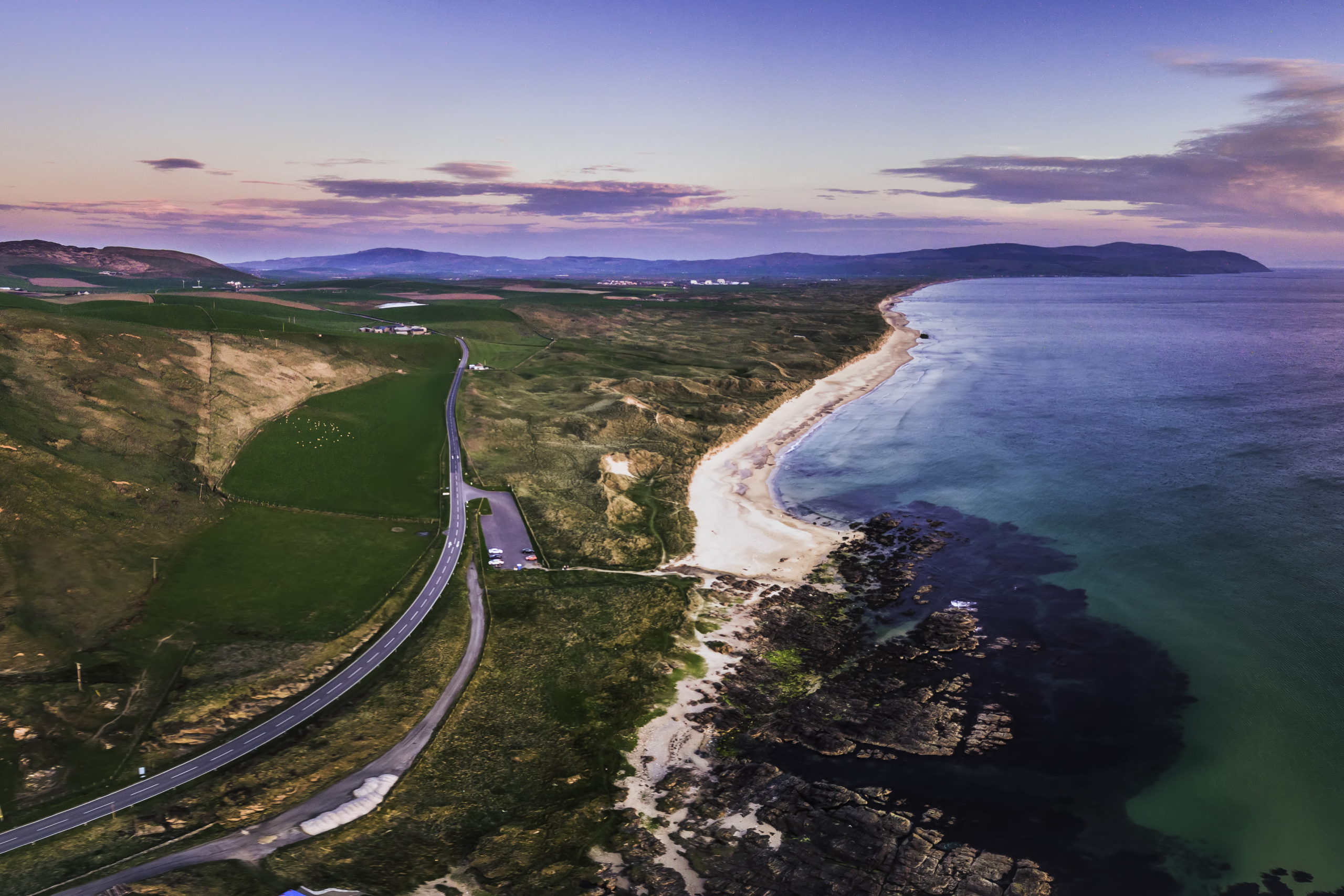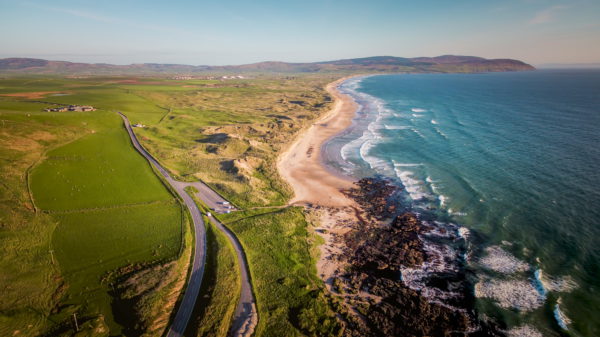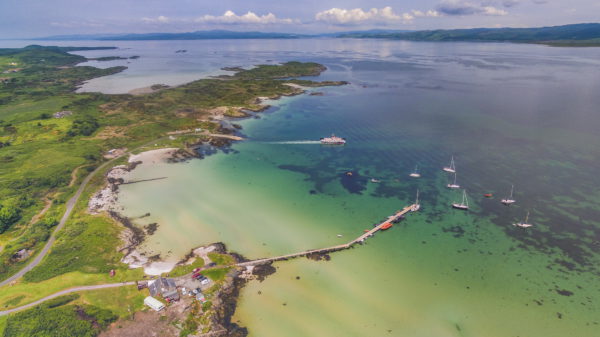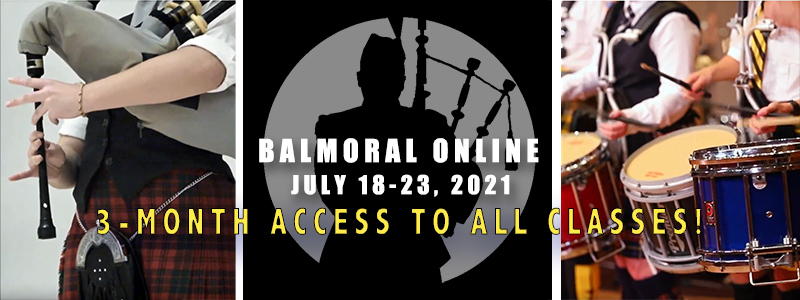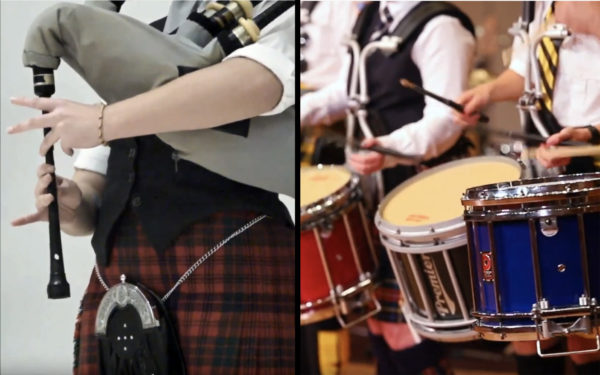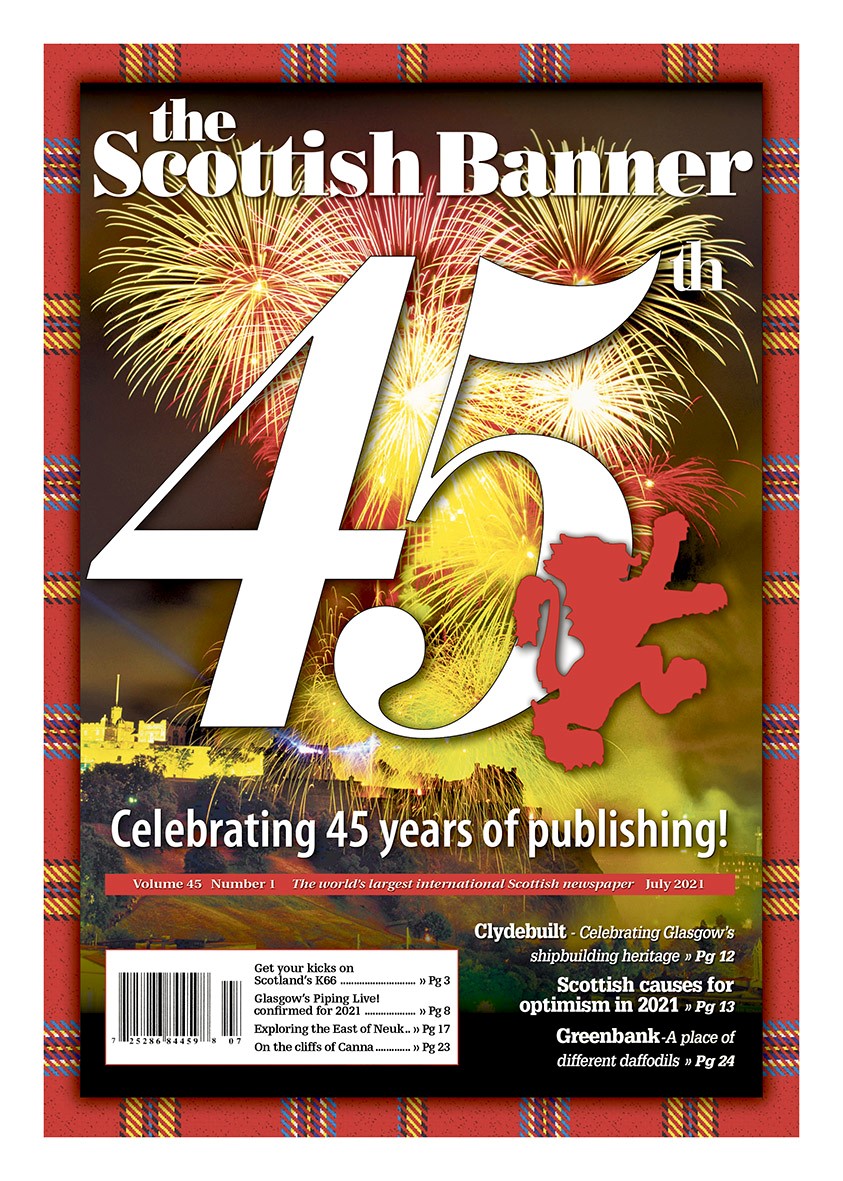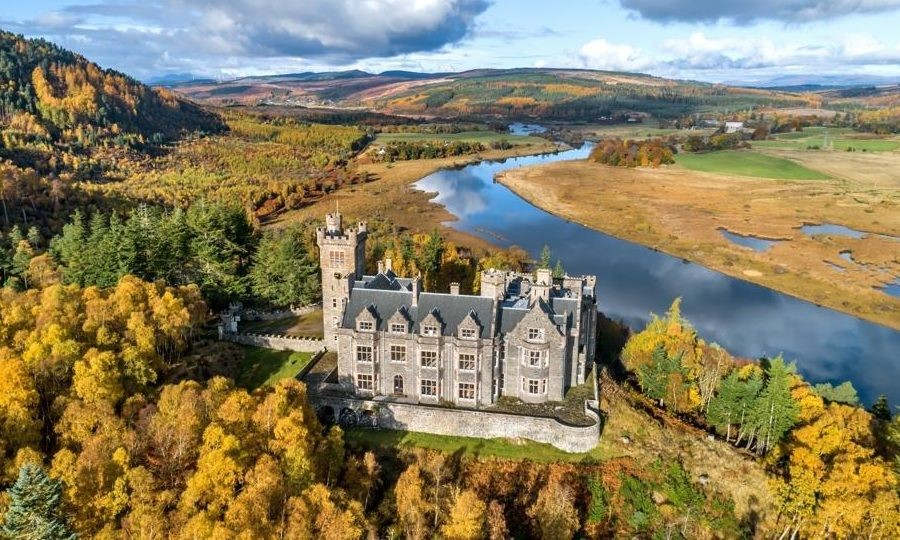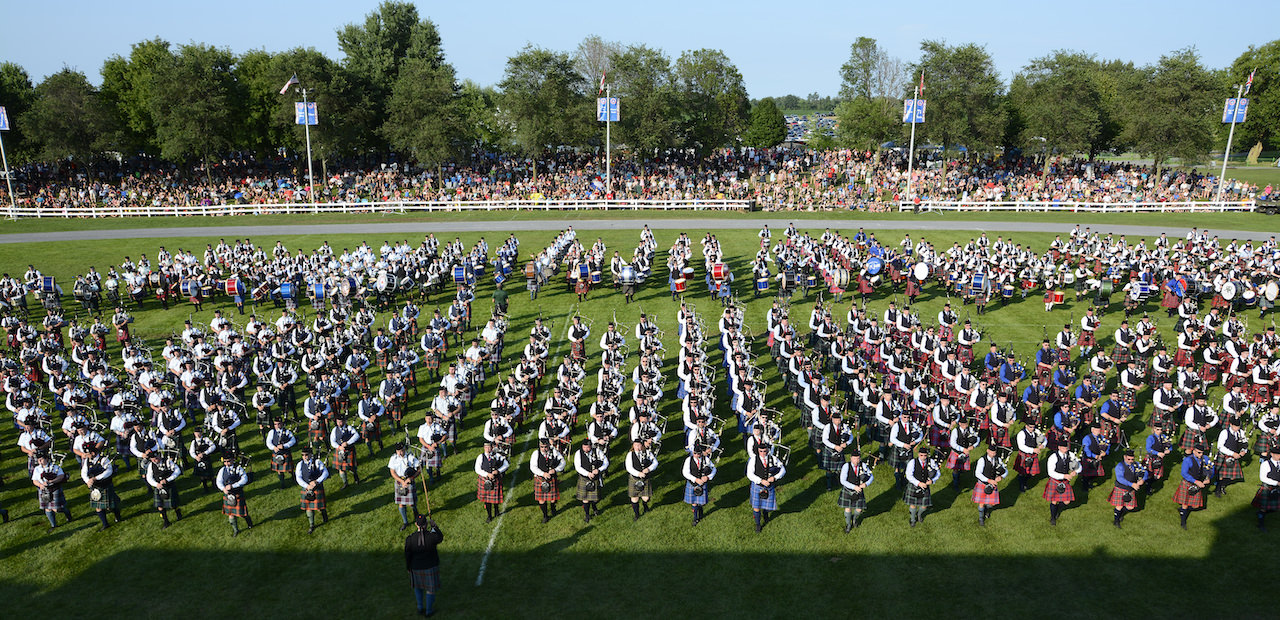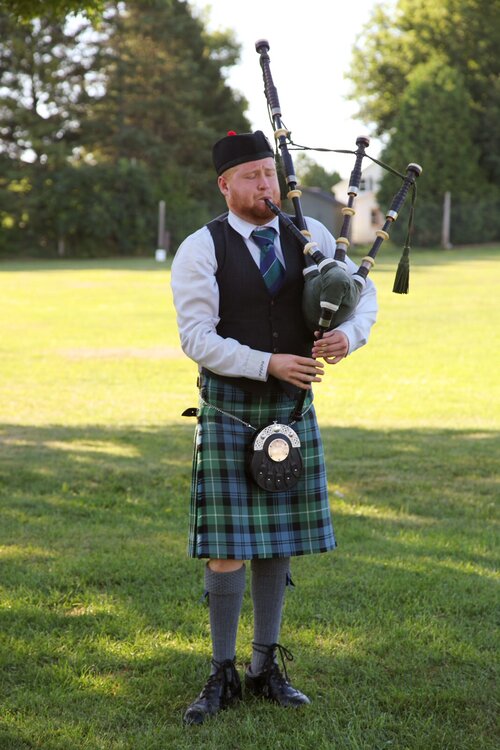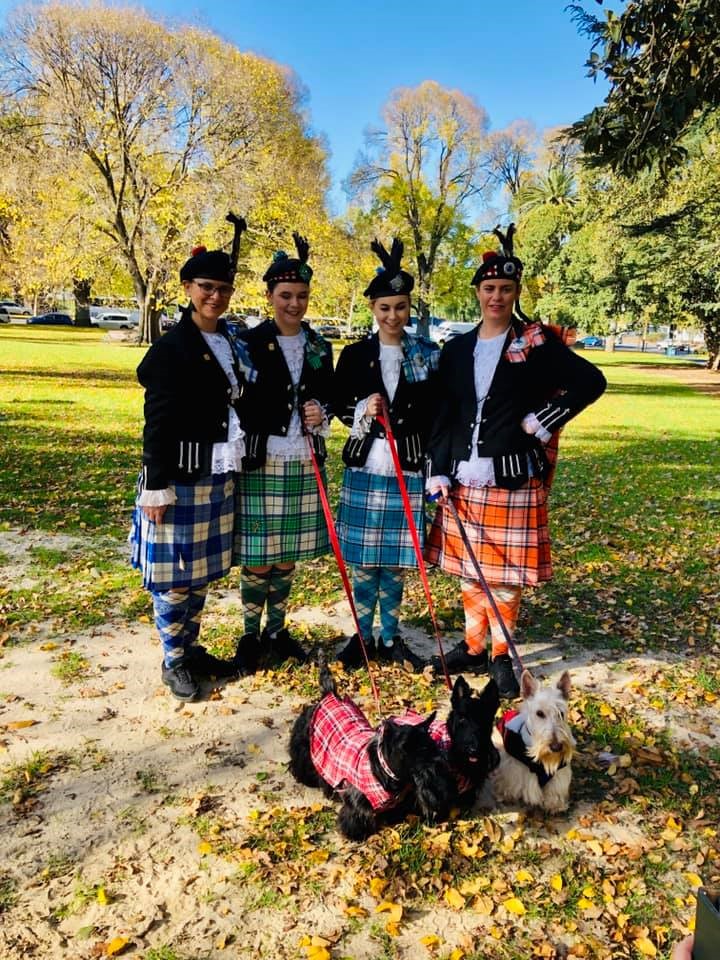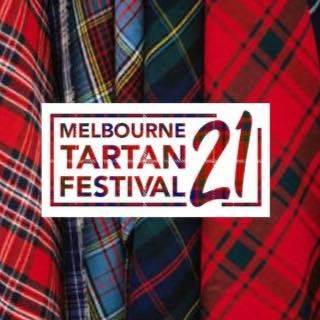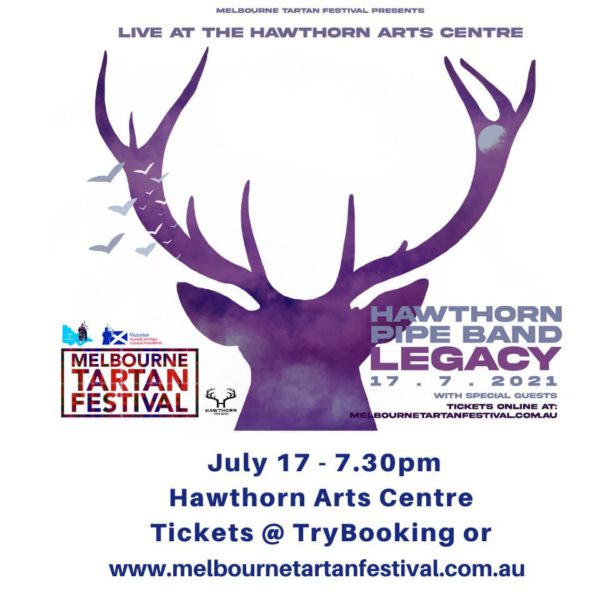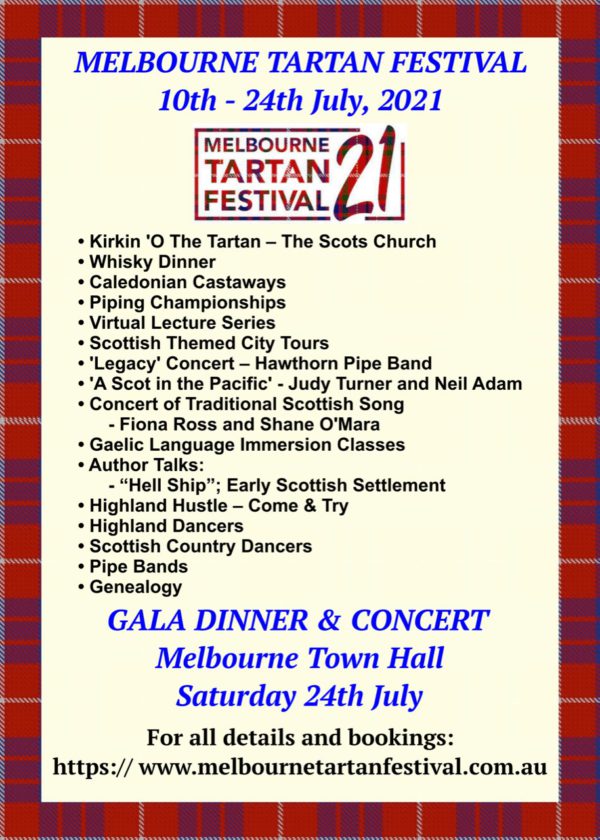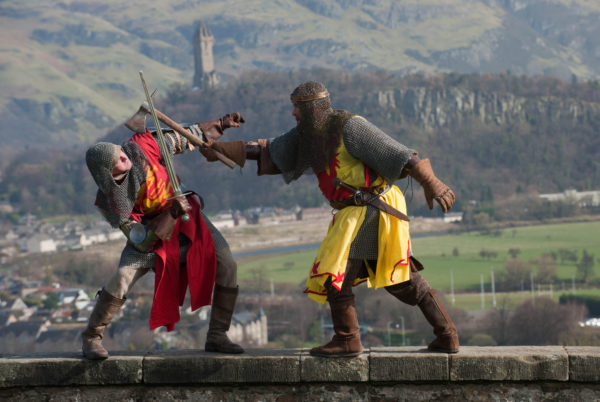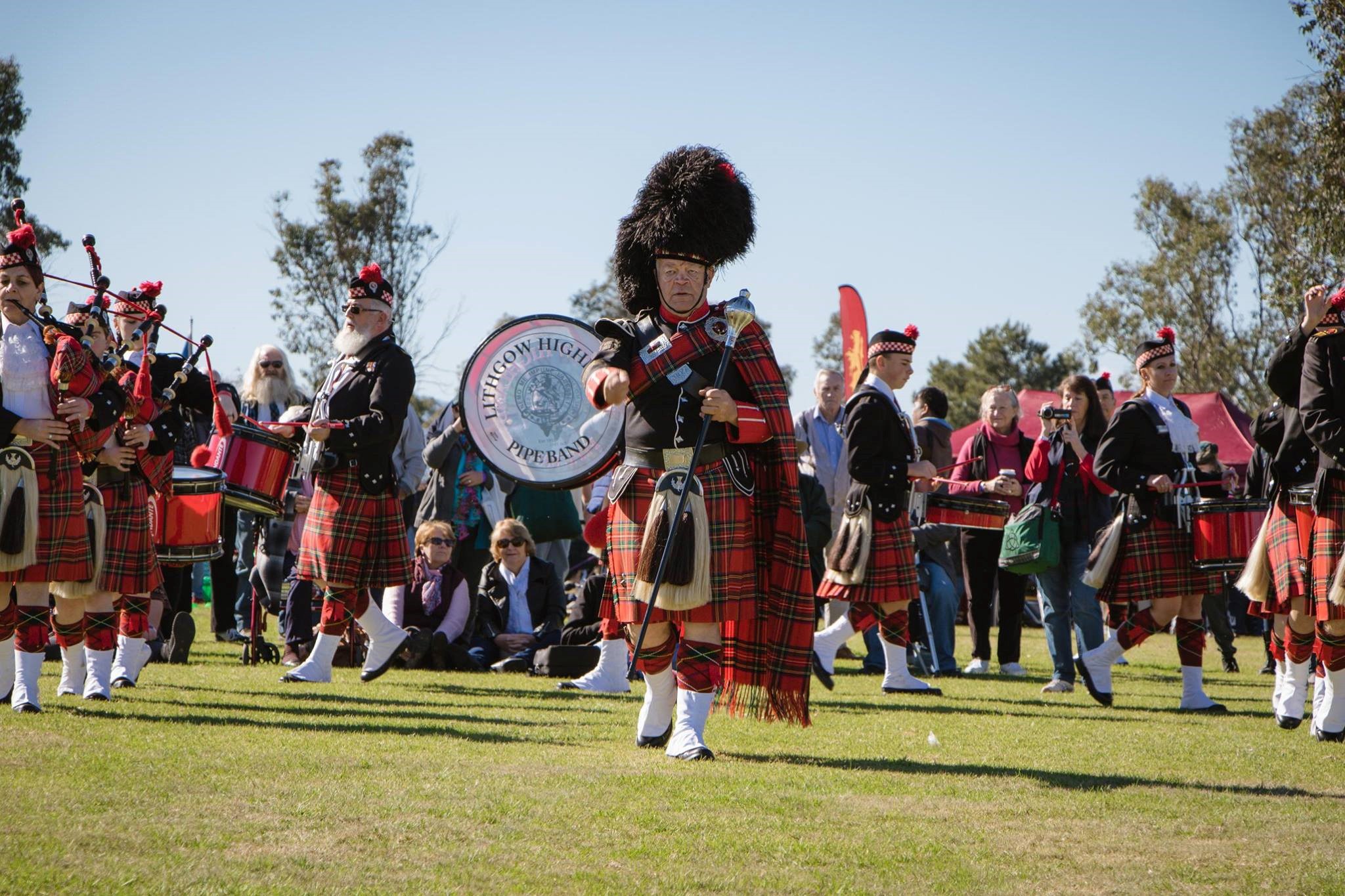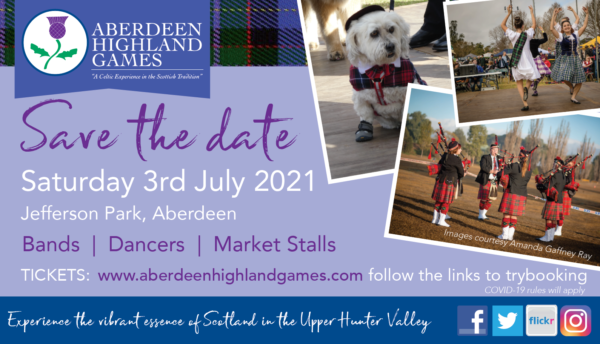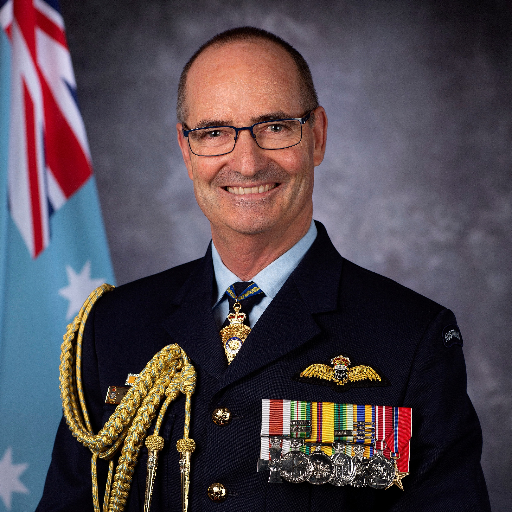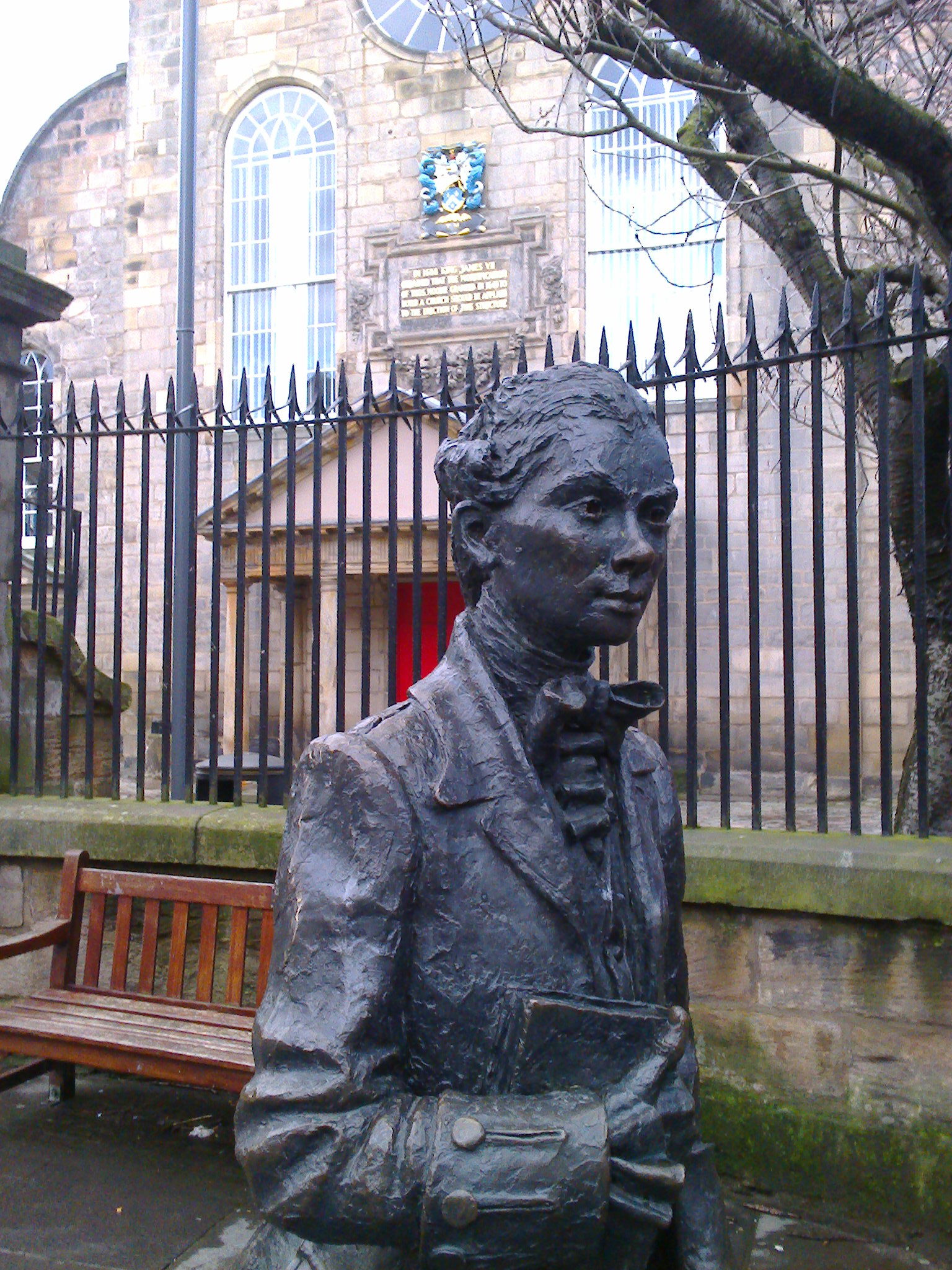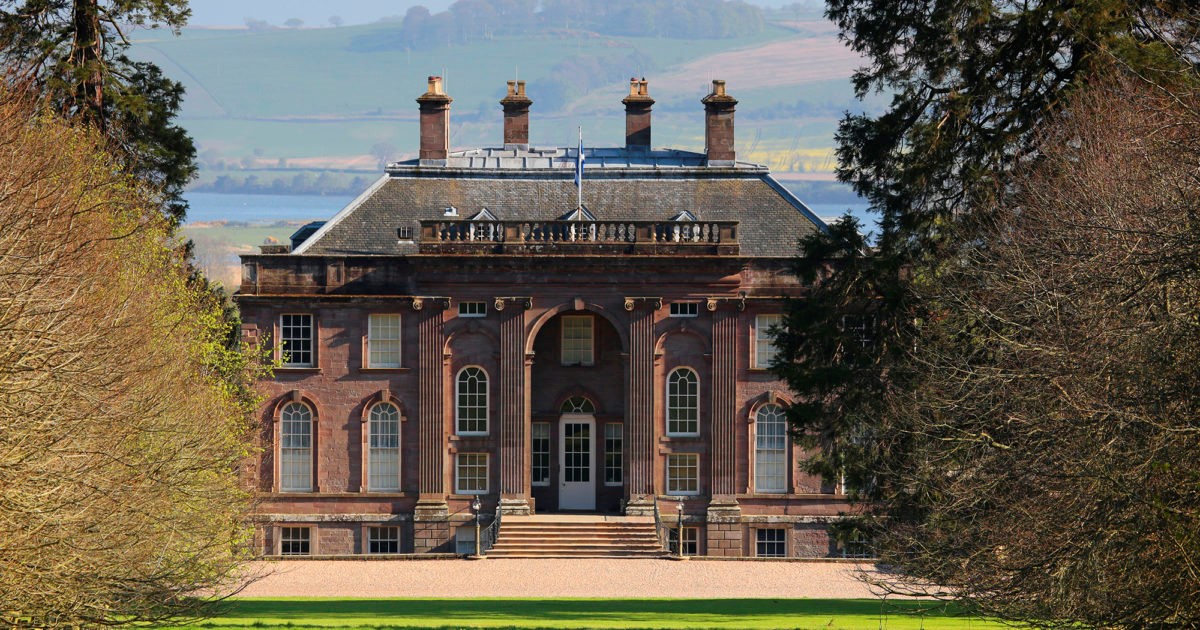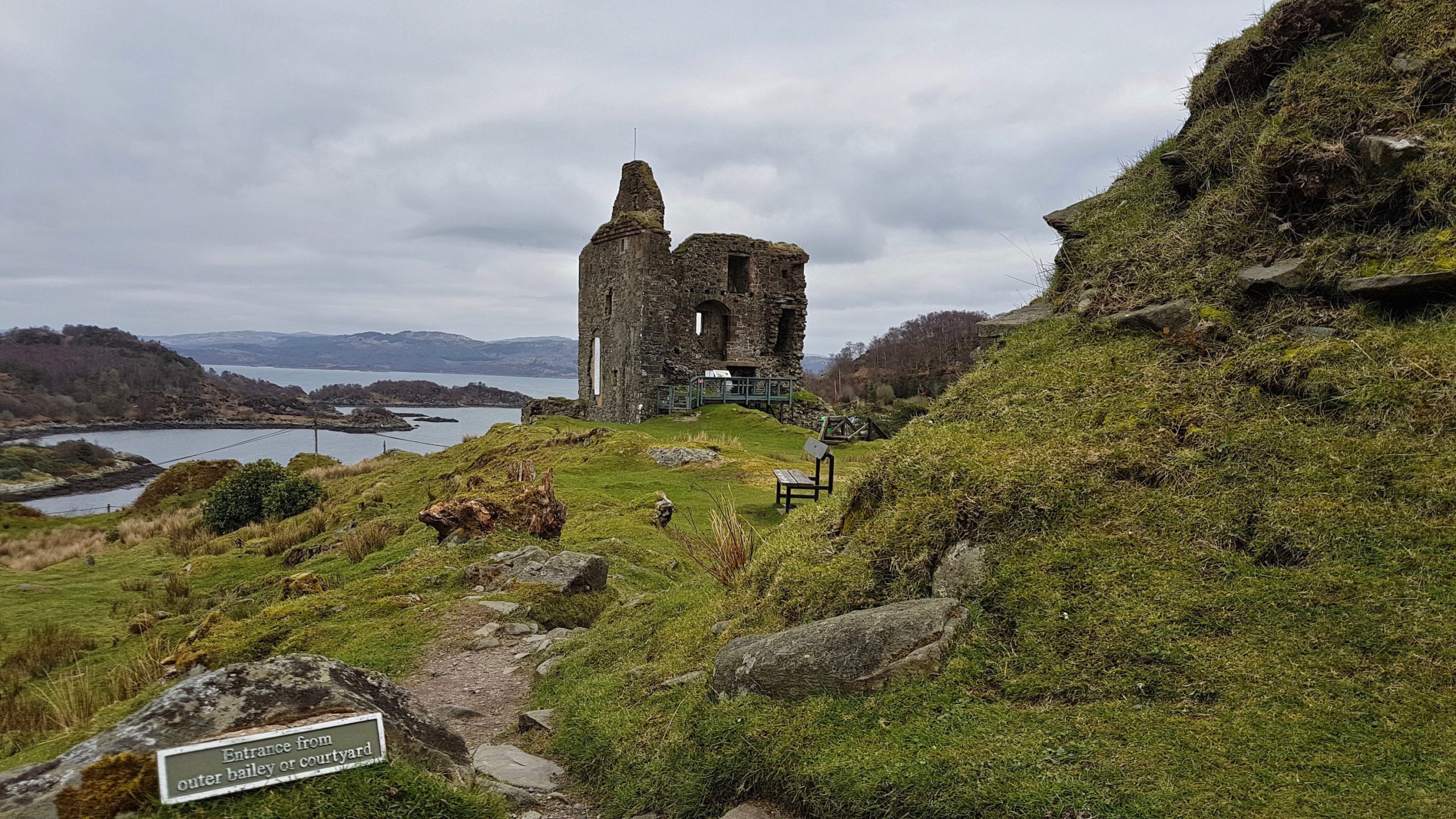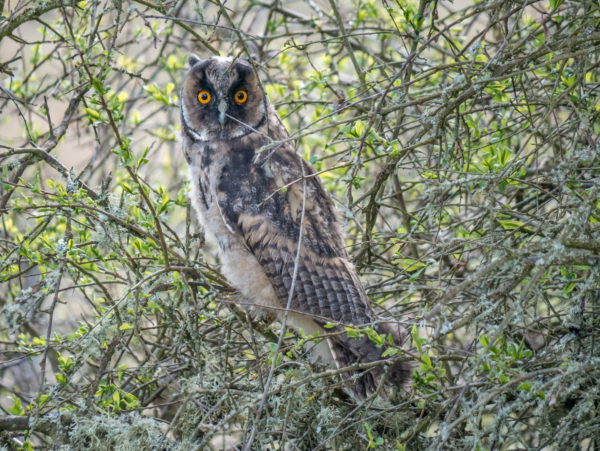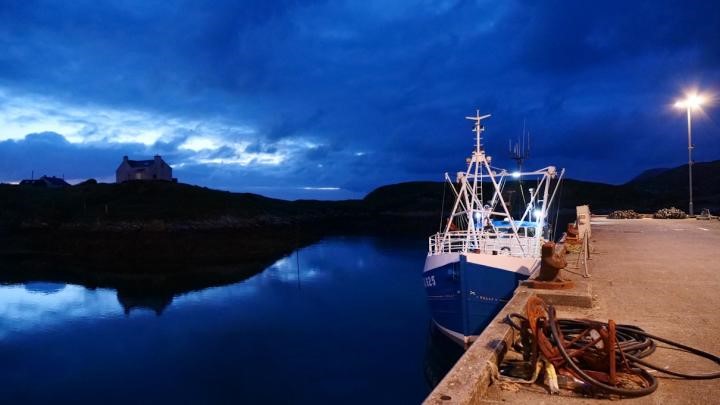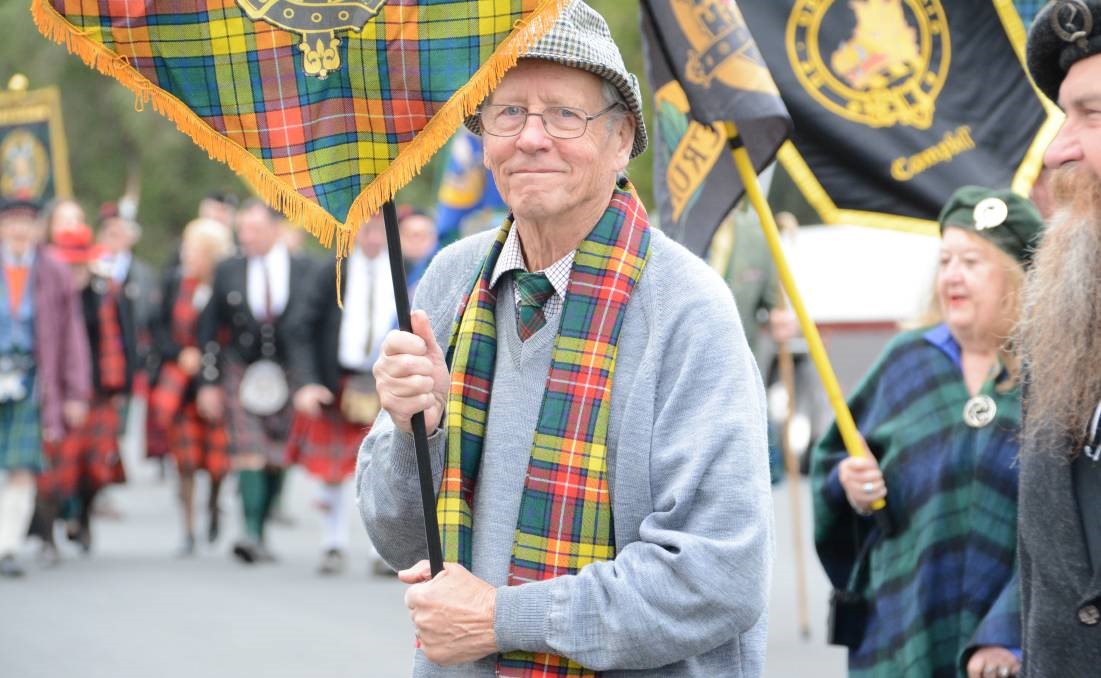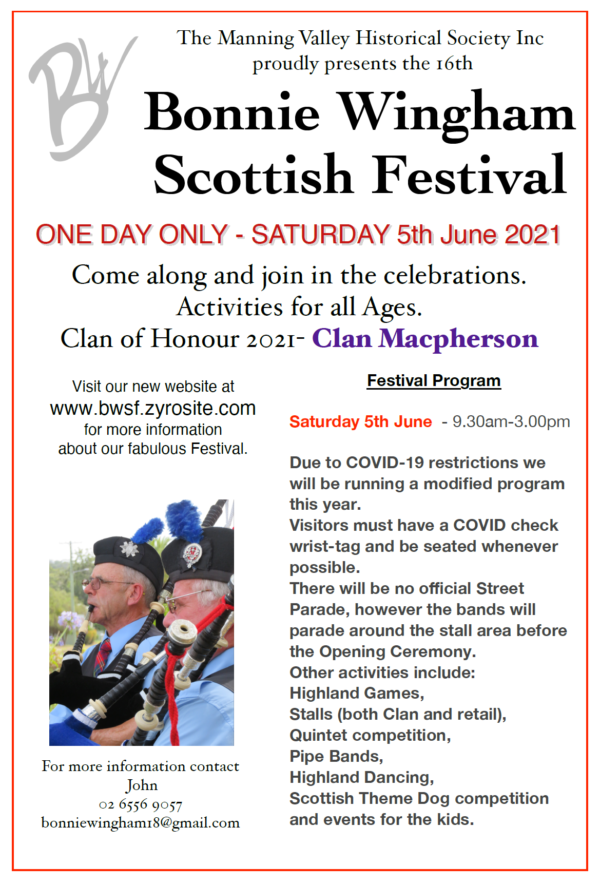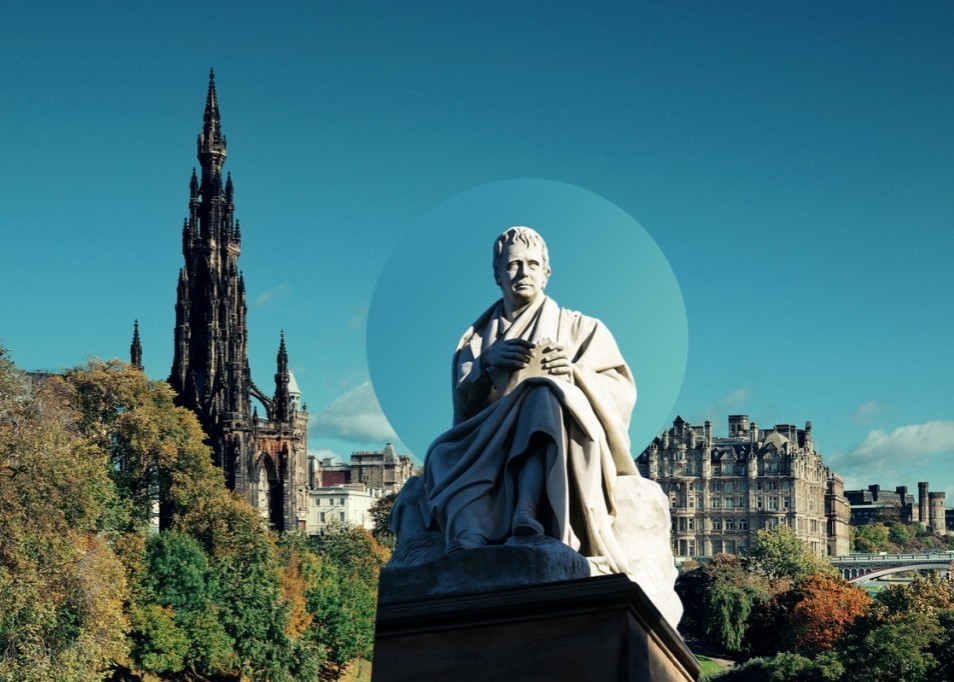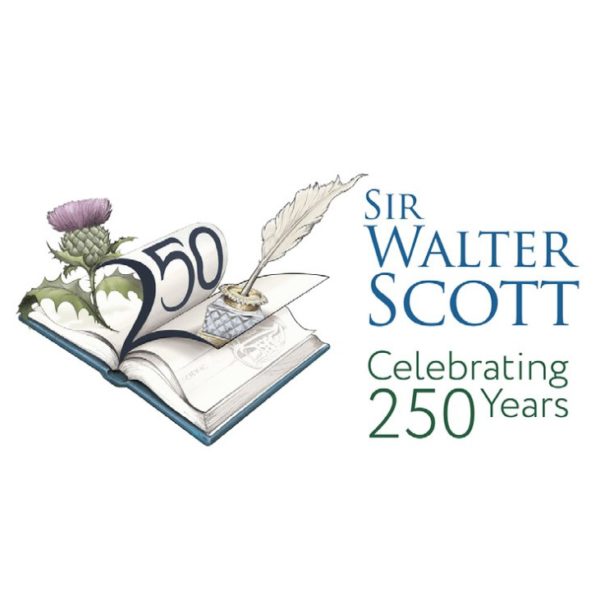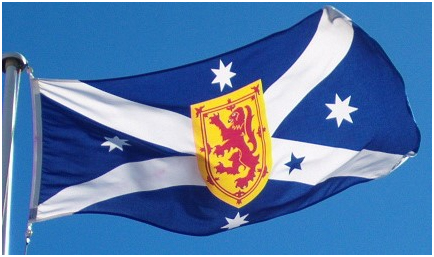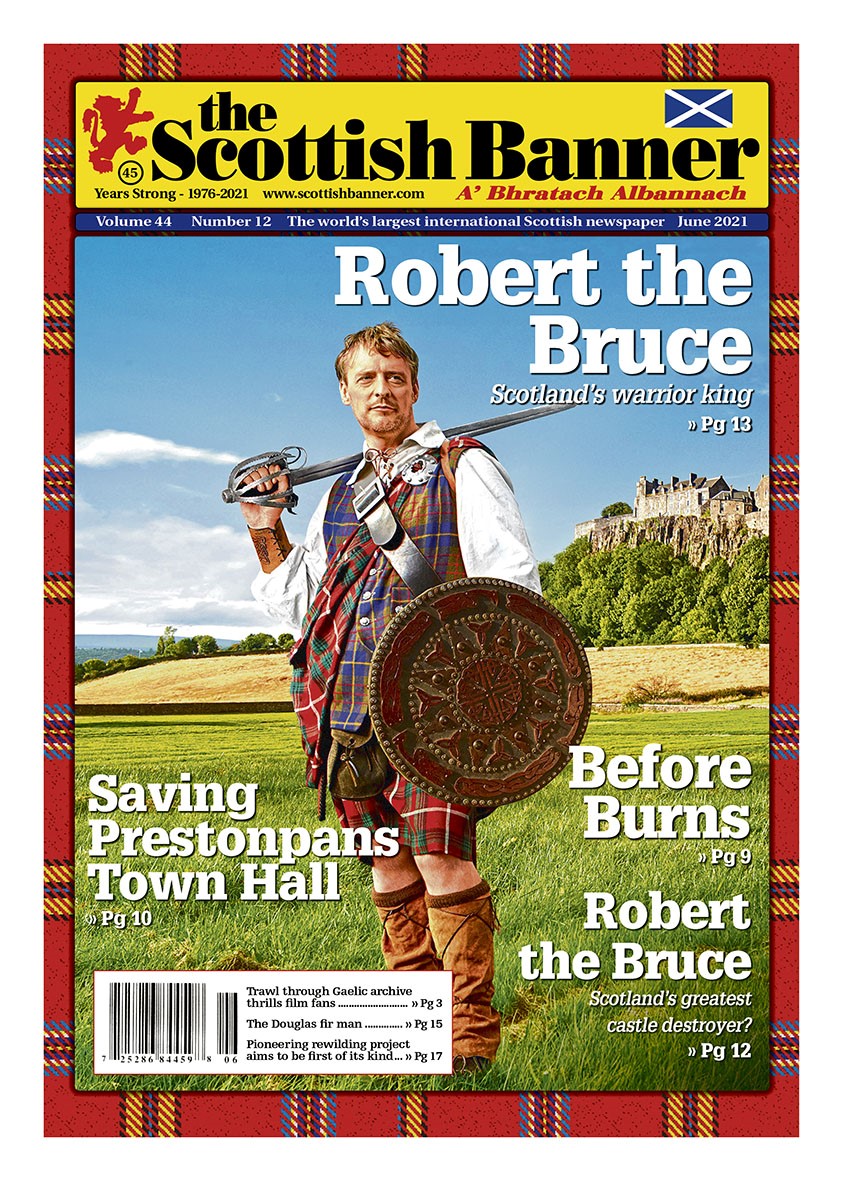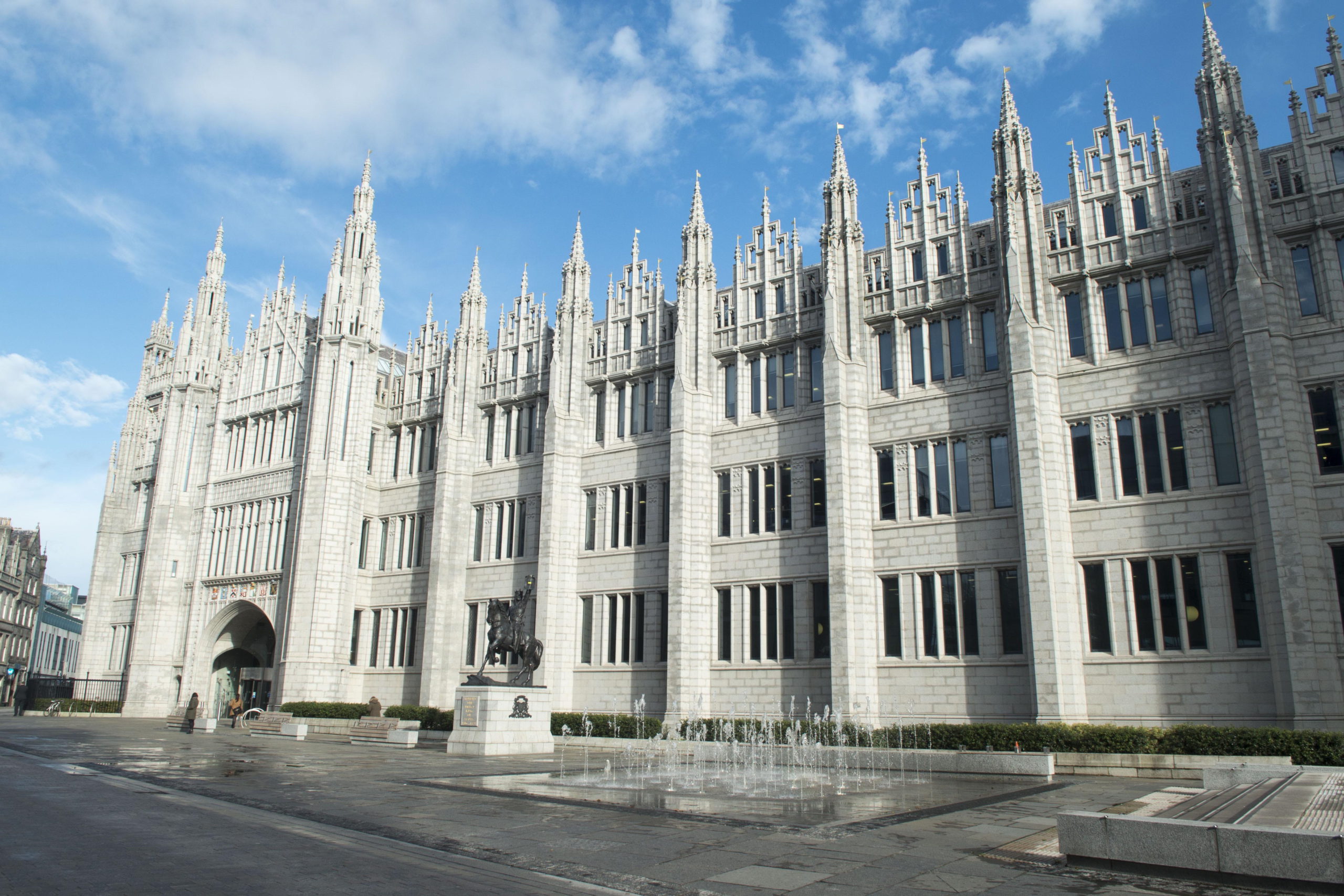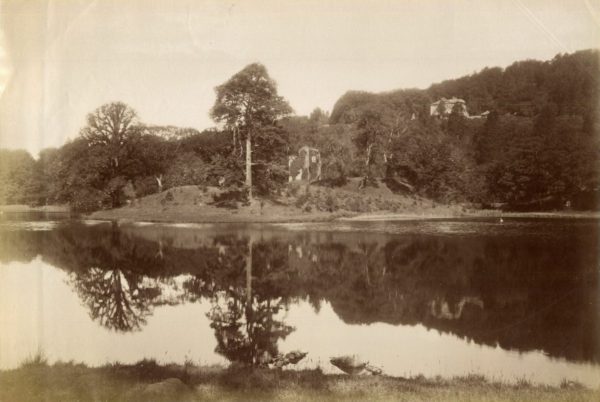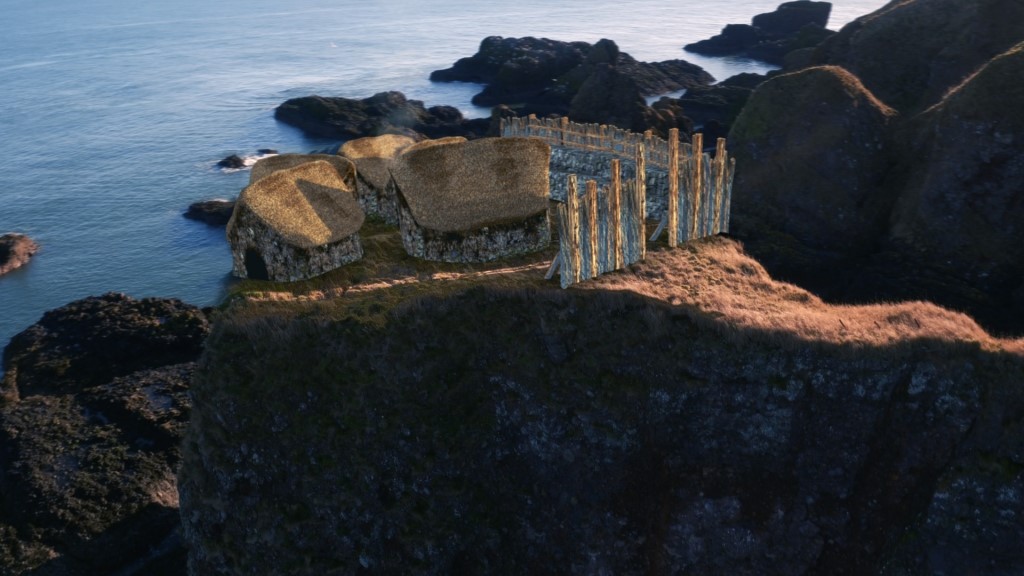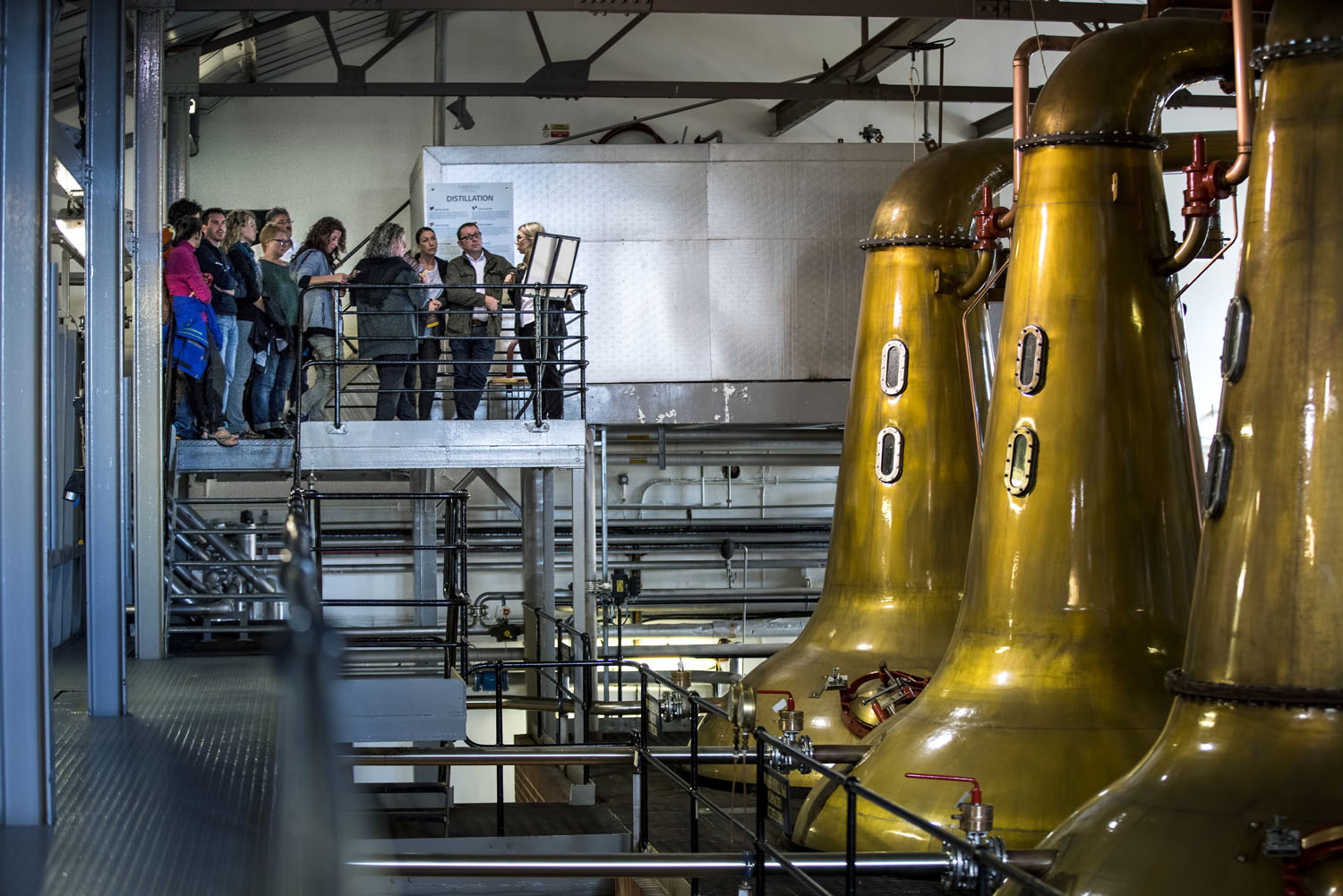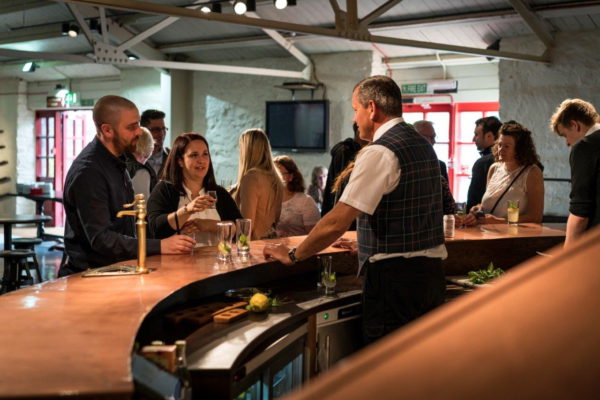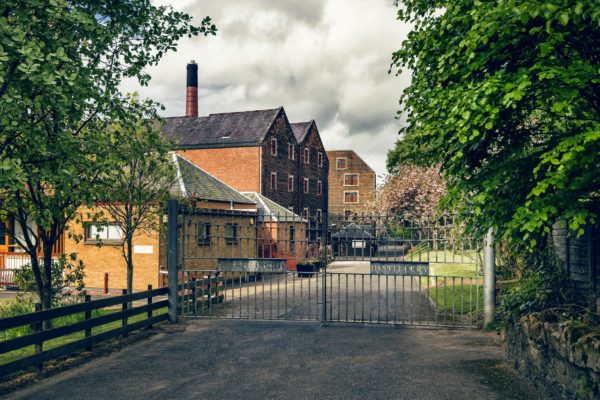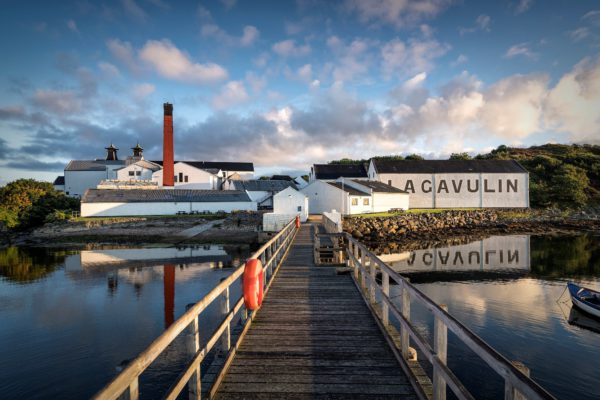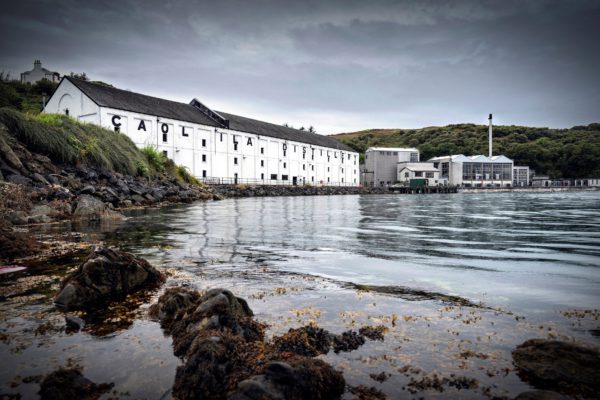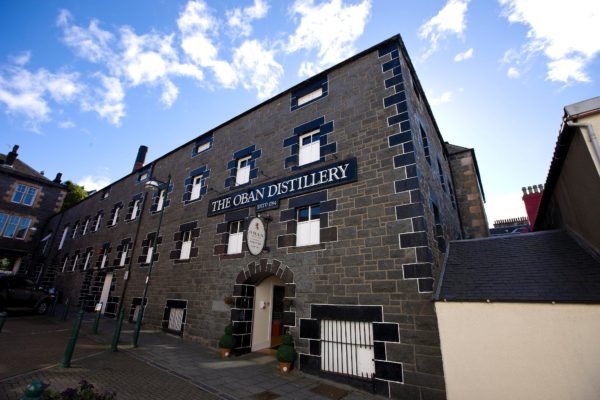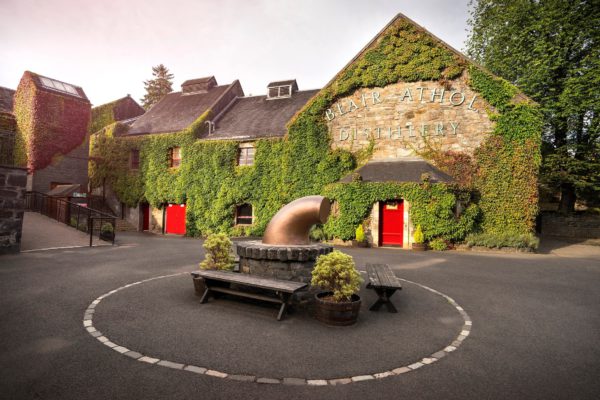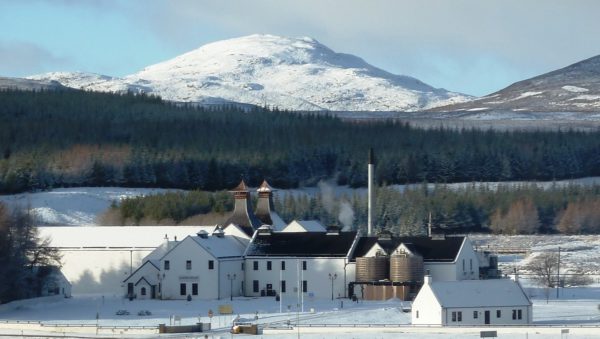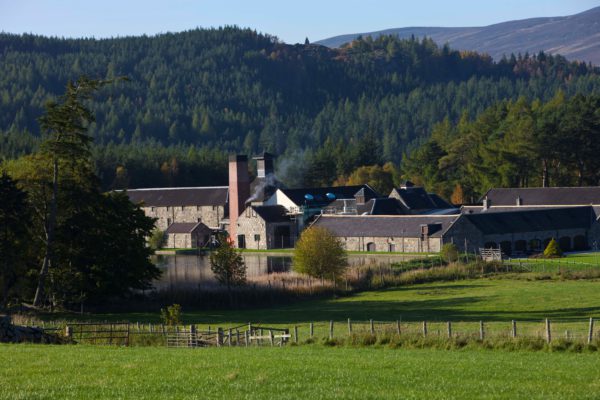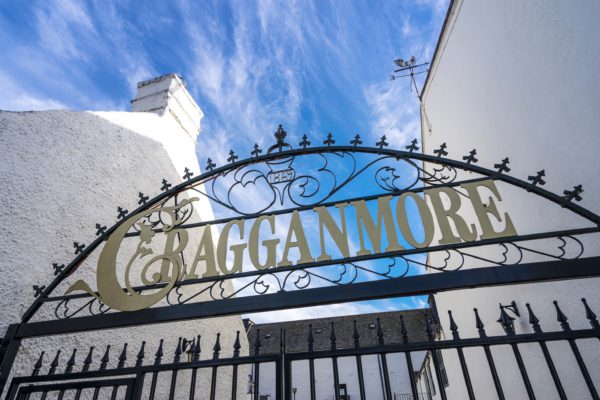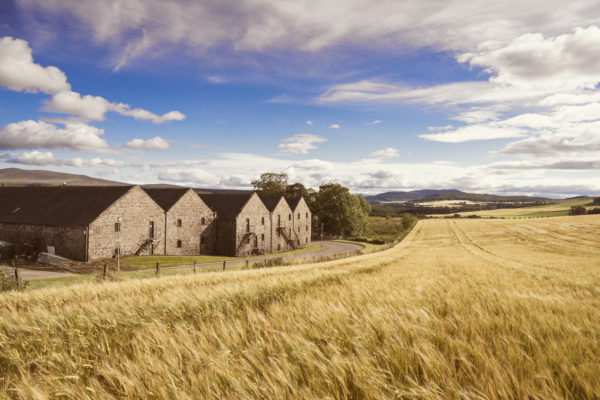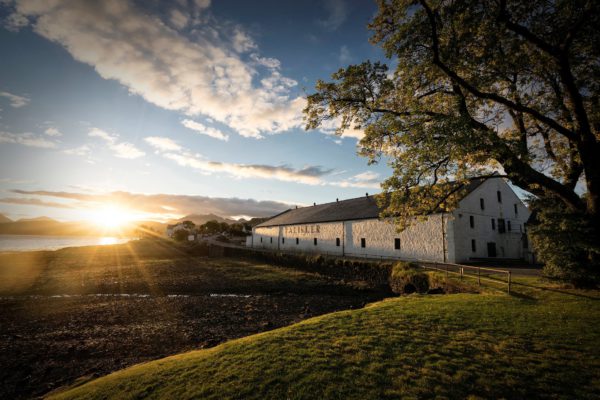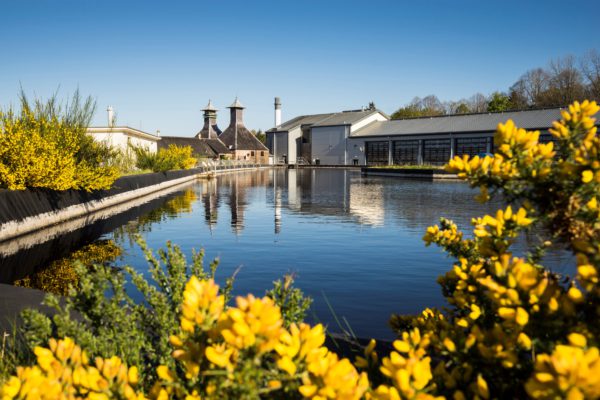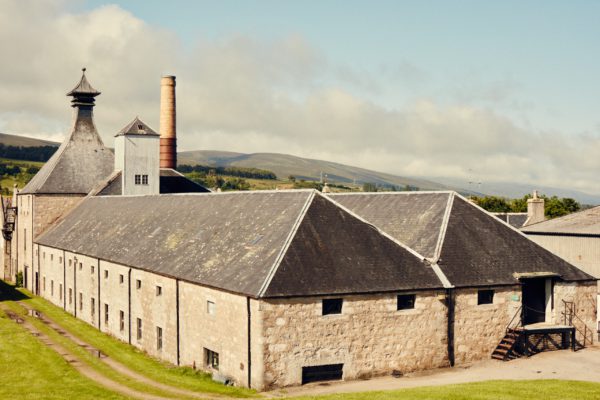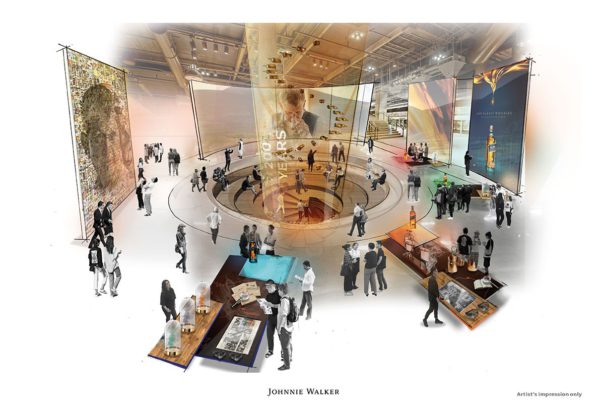August – 2021 (Vol. 45, Number 02)
-
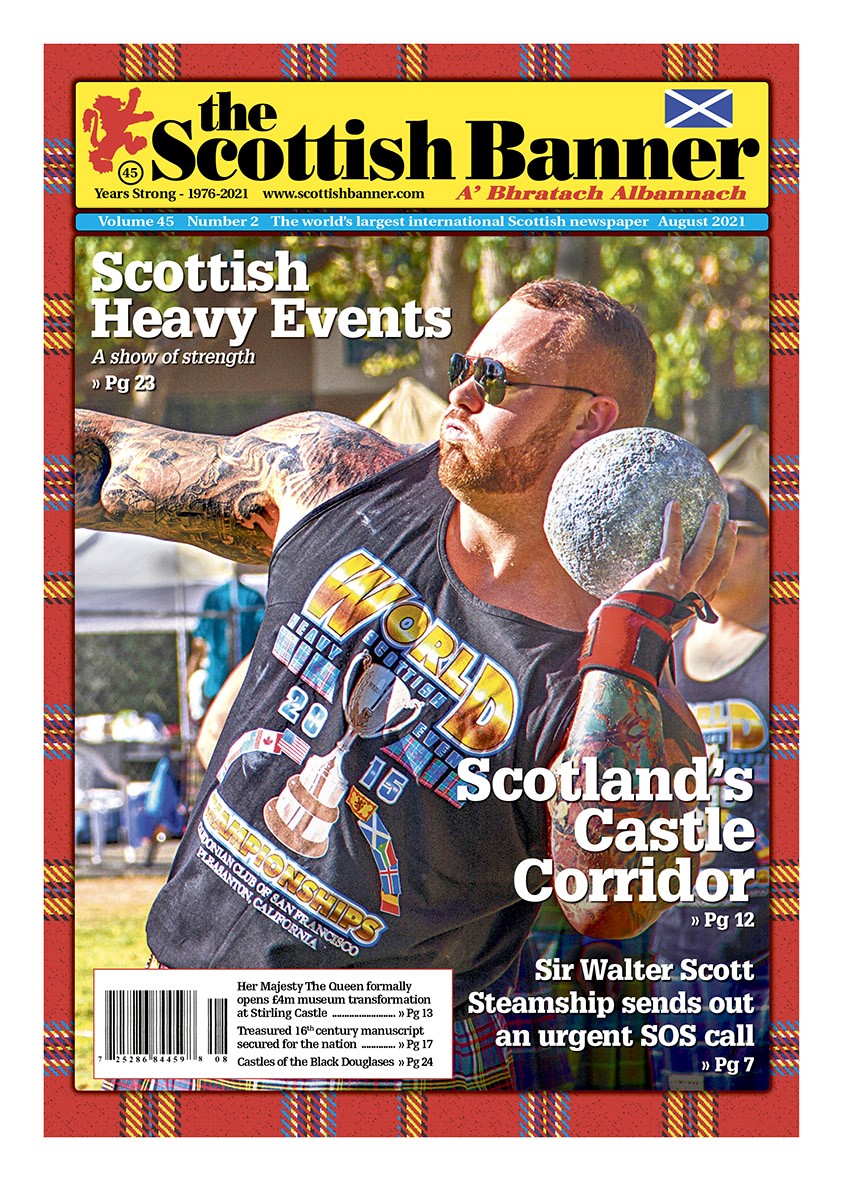
Gracing our cover: Hafthór Júlíus Björnsson at the Scottish Highland Gathering in California. Photo: Ellen Finch via Wikimedia Commons.
The Banner Says…
The lure of a Scottish castle
Whilst reviewing this issue prior to press I cannot help but notice we have some great castle themed content. I can remember on some of my earliest visits to Scotland being so incredibly fascinated and drawn to castles.
The impressive structures were so remote to what I grew up around and were seeped in history, folklore and, as I learned, brutality.
If these walls could talk
The saying “If these walls could talk” certainly comes to mind when you think of the times in which castles across Scotland have stood, and what thick walls they have…Throughout history castles have been used as fortresses and homes for powerful families. Some served as prisons or as military strongholds against foreign invaders, and those who were much closer to home.
My first visit to Urquhart Castle on Loch Ness may have been a bit too focused on seeing ‘the monster’ on the loch, but later visits I realised just how important this medieval stronghold was and the iconic ruins we see today still have a story to tell. In fact, every Scottish castle is full of stories, intrigue and spine-tingling hair-raising history. It is estimated that at one time Scotland had over 3,000 castles dotted across its landscape, that is close to one for every 100 square miles.
Scotland’s oldest castle dates back to the 1100s, Castle Sween takes its name from Suibhne (Sven) ‘the Red’, a chieftain of Irish descent and ancestor of the MacSweens. For those really wanting their castle fix look no further than Aberdeenshire’s Castle Trail. Aberdeenshire is known as ‘Scotland’s Castle Country’. With an incredible count of over 300 castles, stately mansions and ruins scattered across the landscape, there are more castles per acre here than anywhere else in the UK. Amongst the famed castles are Balmoral Castle which was purchased by Prince Albert in 1852 as a gift for Queen Victoria, it has been the Scottish home of the Royal Family ever since.
The last castle in Scotland I visited was also the most visited paid for attraction in the country. Edinburgh Castle majestically sits on top of an extinct volcano and overlooks Scotland’s capital. Edinburgh Castle is one of the oldest fortified places in Europe and as you enter the castle walls the motto above the main entrance ‘Nemo Me Impune Lacesssit’ is Latin for ‘No-one attacks me with impunity’, or ‘no one can harm me unpunished’ sets the tone for what this castle was made for. It was the Latin motto of the Stuart dynasty and appeared on some Scottish coins of the 16th century and more recently on one-pound coins. Edinburgh Castle joins a long list of castles across the country that also have reputed ghostly residents. With a long and bloody history there are spooky tales here as well as Stirling, Glamis, Cawdor and Fyvie castles to name just a few.
In this issue
Keeping with our castle theme this month we look at Scotland’s Castle Corridor, the area of coastal Argyll comprising the Sound of Mull, Firth of Lorn, and Loch Linnhe. The area boasts some magnificent castles to see, and David C Weinczok illustrates the historical interconnectivity of waterways and how those waterways connected Scotland to an international network.
It was recently Holyrood Week for the Royal Family in Scotland, also known as Royal Week. Led by Her Majesty The Queen, she and other members of the family visited a variety of locations across Scotland. The Queen officially reopened the Argyll and Sutherland Highlanders’ Museum during a visit to Stirling Castle, it was during this visit The Queen was also presented with the keys to Stirling Castle. The 95-year-old monarch was also accompanied by her grandson Prince William to the AG Barr factory in Cumbernauld to officially open a new processing facility at the factory making the famed drink Irn-Bru. The Earl of Strathearn, as Prince William is known is Scotland, commented that he could “taste the girders”, a reference to the company’s slogan ‘Made in Scotland from Girders’, as he sampled some of the drink.
Scottish heavy events feature at Highland Games across the globe. The cheer of the crowd often pinpoints on the field where spectators are witnessing true feats of strength, whether it is lifting, throwing or pulling. With origins dating back 1,000 years when King Malcolm III got the local men to run up a hill in Braemar looking for the fastest man to deliver his messages. Today both men and women compete at a variety of events as they impress crowds with their strength, ability and sporting prowess. I will always be grateful to the group of athletes who once pushed out my van bogged in at a Highland Games, like it was a toy car.
Scotland’s inspirational castles
There is something romantic about visiting a Scottish castle, so much so they are in fact today popular wedding venues. Steeped in history and often set in incredible environments castles are a big pull for international visitors. Shows such as Outlander have also added to the popularity of planning a trip to Scotland as fans include visits to places such as Doune Castle, which was used as Castle Leoch, the seat of Clan Mackenzie. The ‘Outlander effect’, has also seen a huge boost in visitor numbers to Aberdour Castle, Blackness Castle and Midhope Castle to name just a few.
Craigievar Castle in Aberdeenshire is said to be the inspiration for Disney’s Cinderella Castle. This iconic pink tower remains amongst the best preserved and most loved in Scotland and really does look like it is out of a fairytale.
Sitting on the coast of Cruden Bay is Slains Castle, which was originally built in 1597 by the Earl of Erroll. Bram Stoker visited and it is believed the castle is the inspiration for the setting of the tale in Count Dracula. Castles were once fortifications to keep people out, now they welcome people in to learn about the incredible story of Scotland, and how lucky are we to have them.
Do you have a favourite Scottish castle? Share your story with us! Do you have you any comments from the content in this month’s edition? Share your story with us by email, post, social media or at: www.scottishbanner.com/contact-us
#ScottishBanner, #TheBanner
Covid-19 is having a major impact on many of our regular advertisers, with events being cancelled and businesses suffering. The Scottish Banner is more reliant than ever on our readers helping us to provide you with our unique content by buying a copy of our publication, regardless if by print or digital subscription or at a retail outlet.
We appreciate your support and hope you enjoy this edition.


